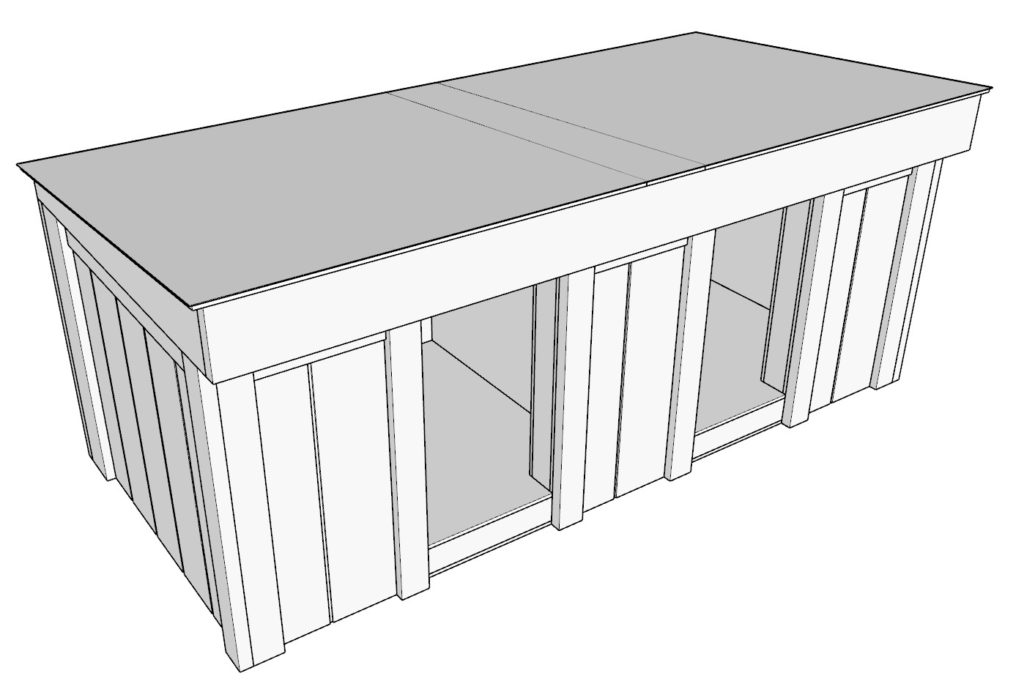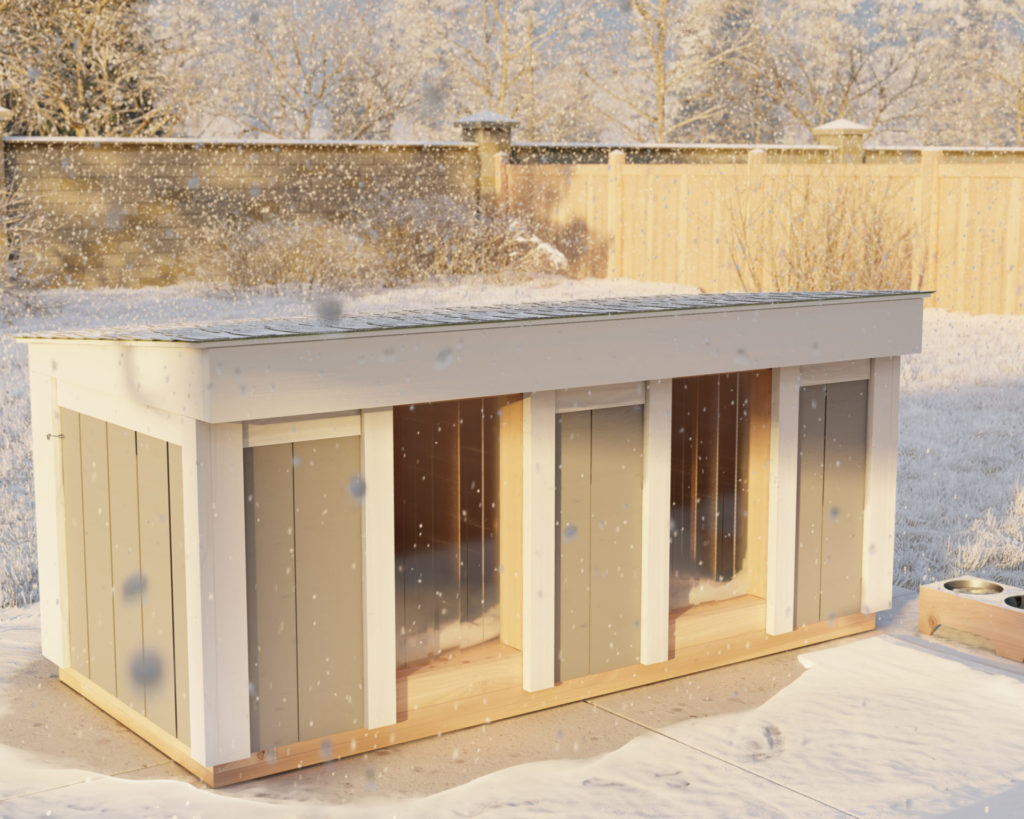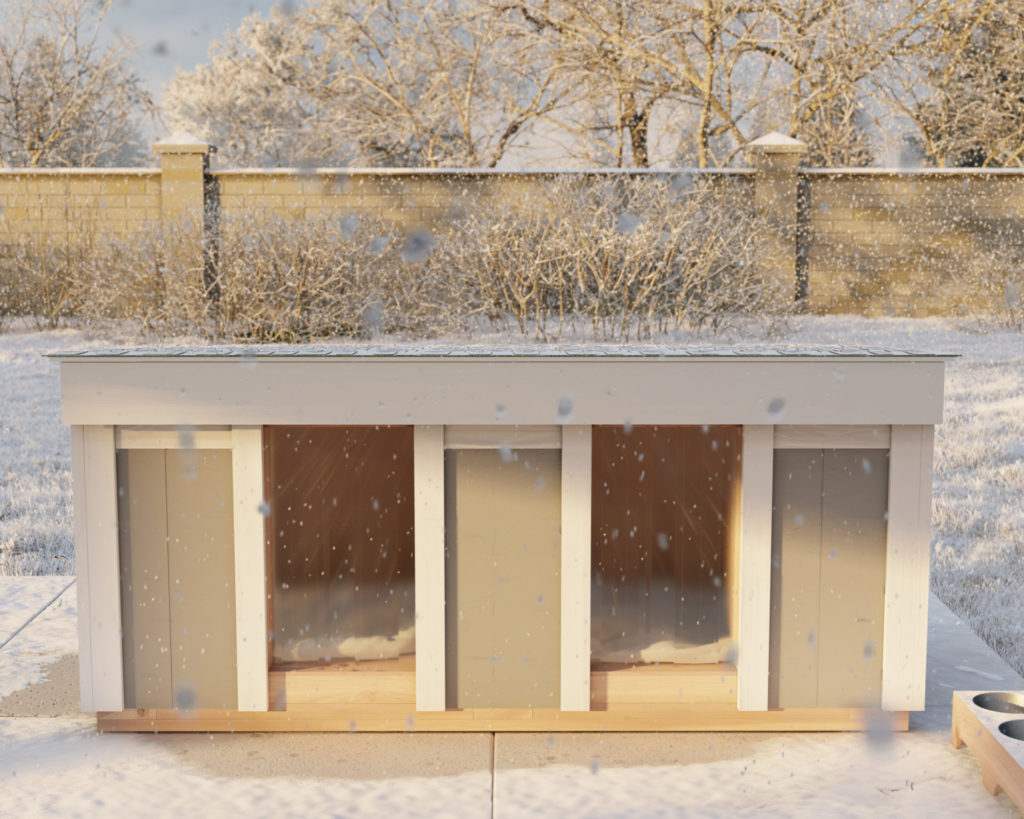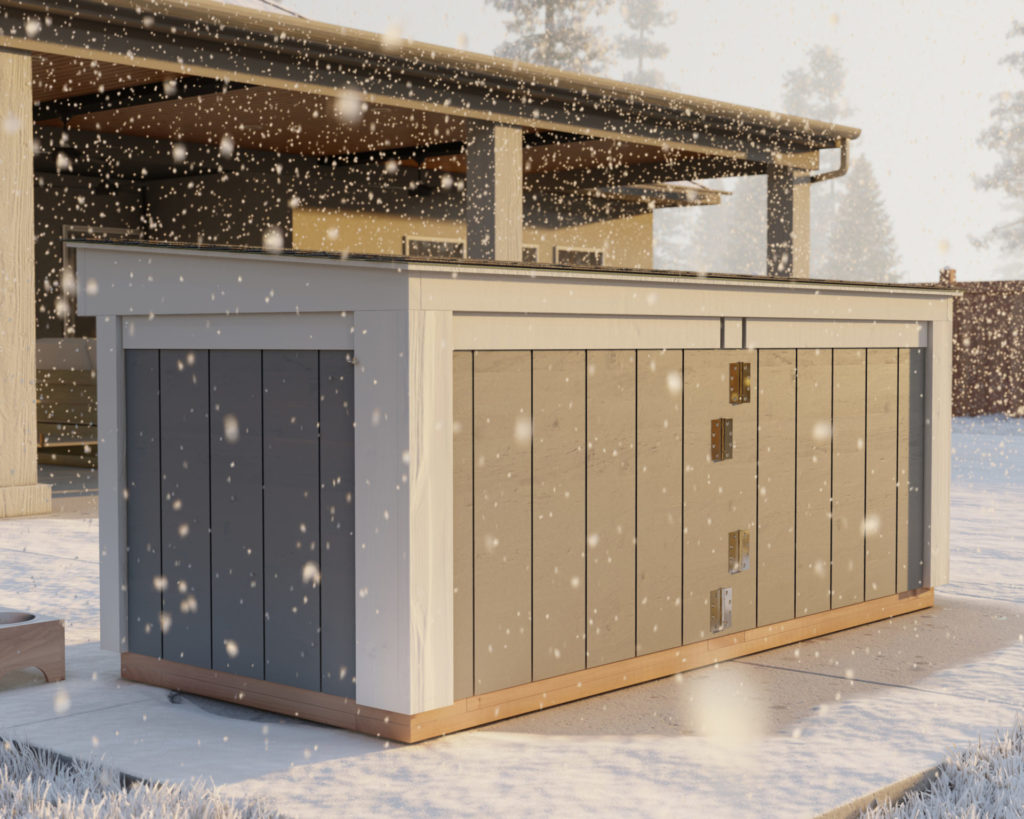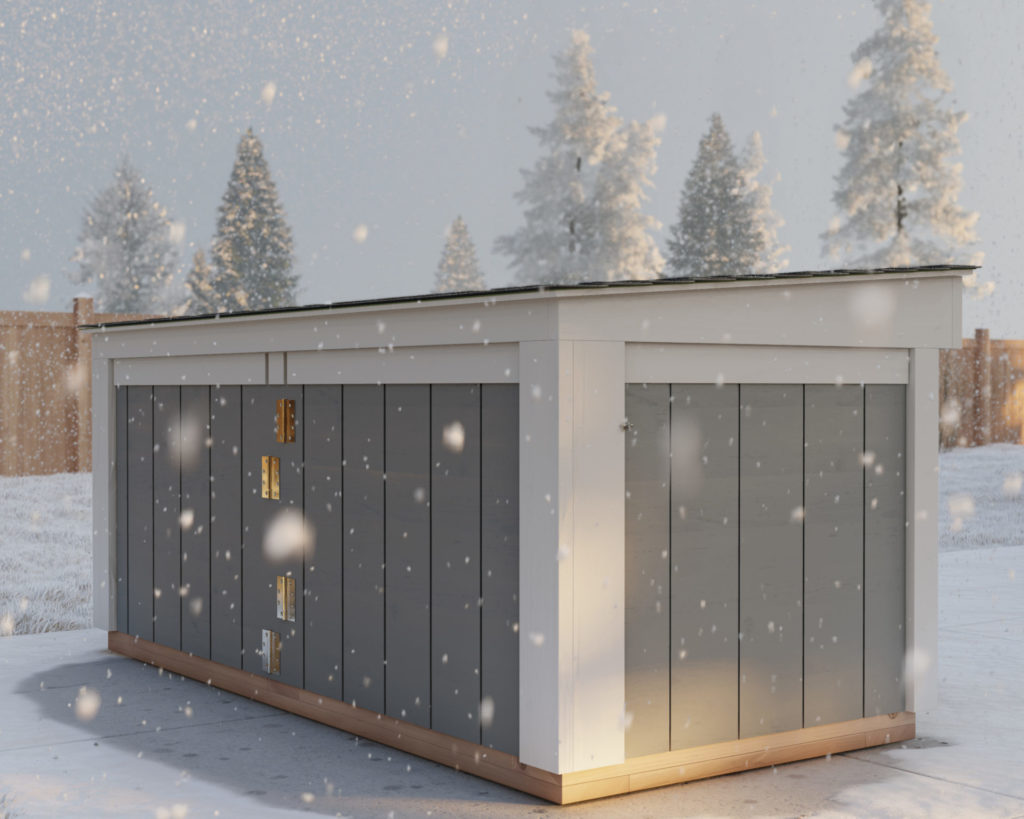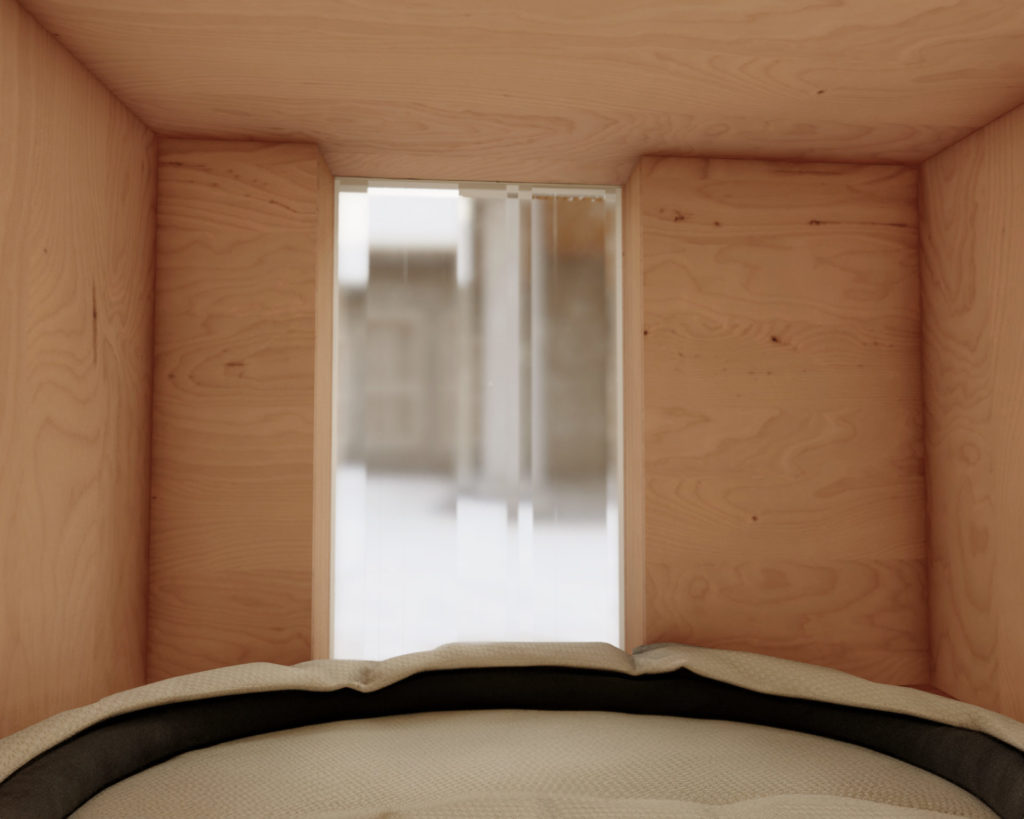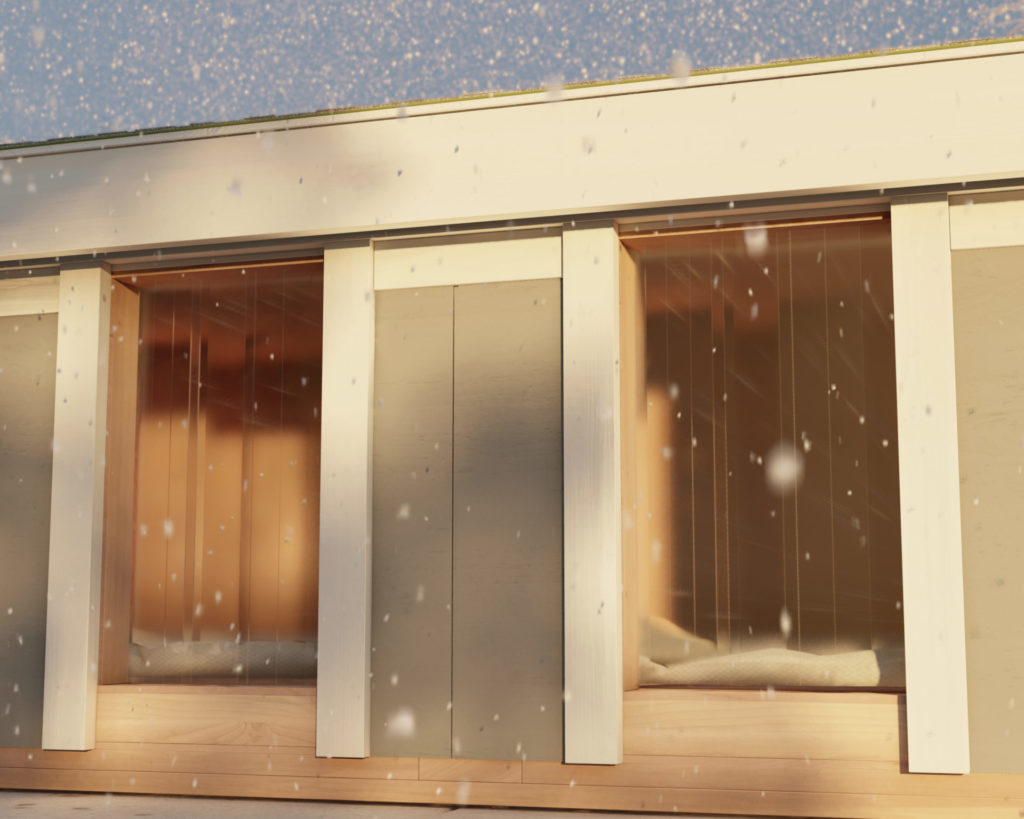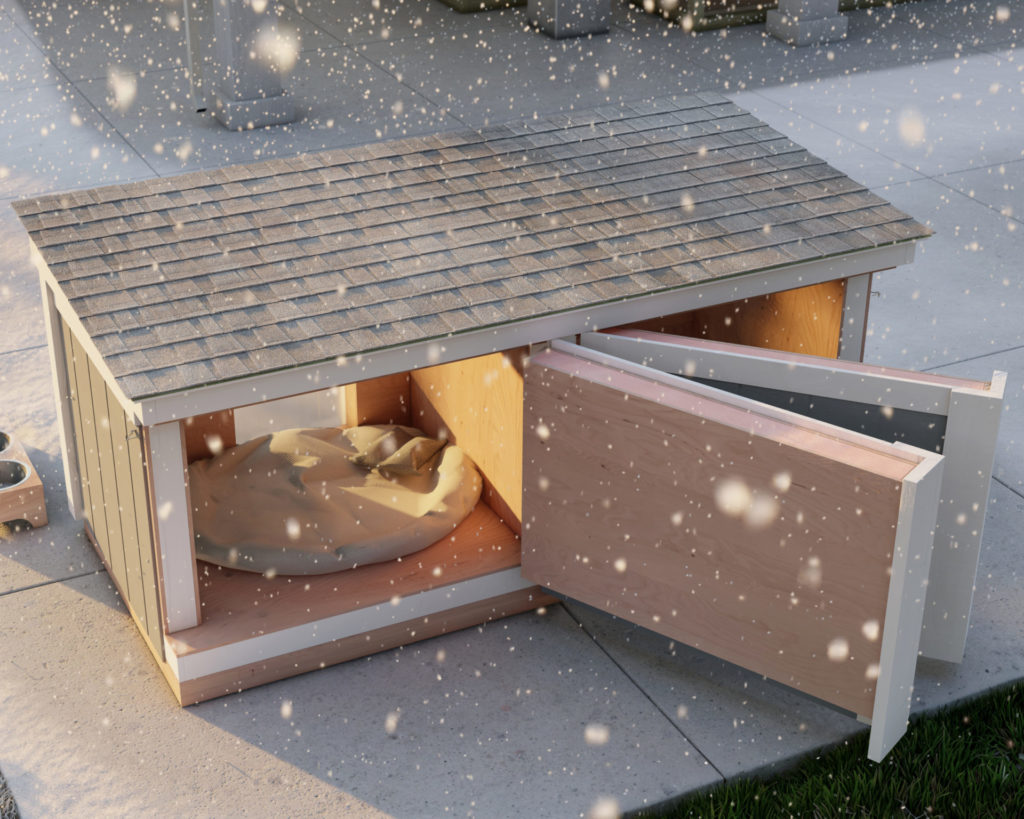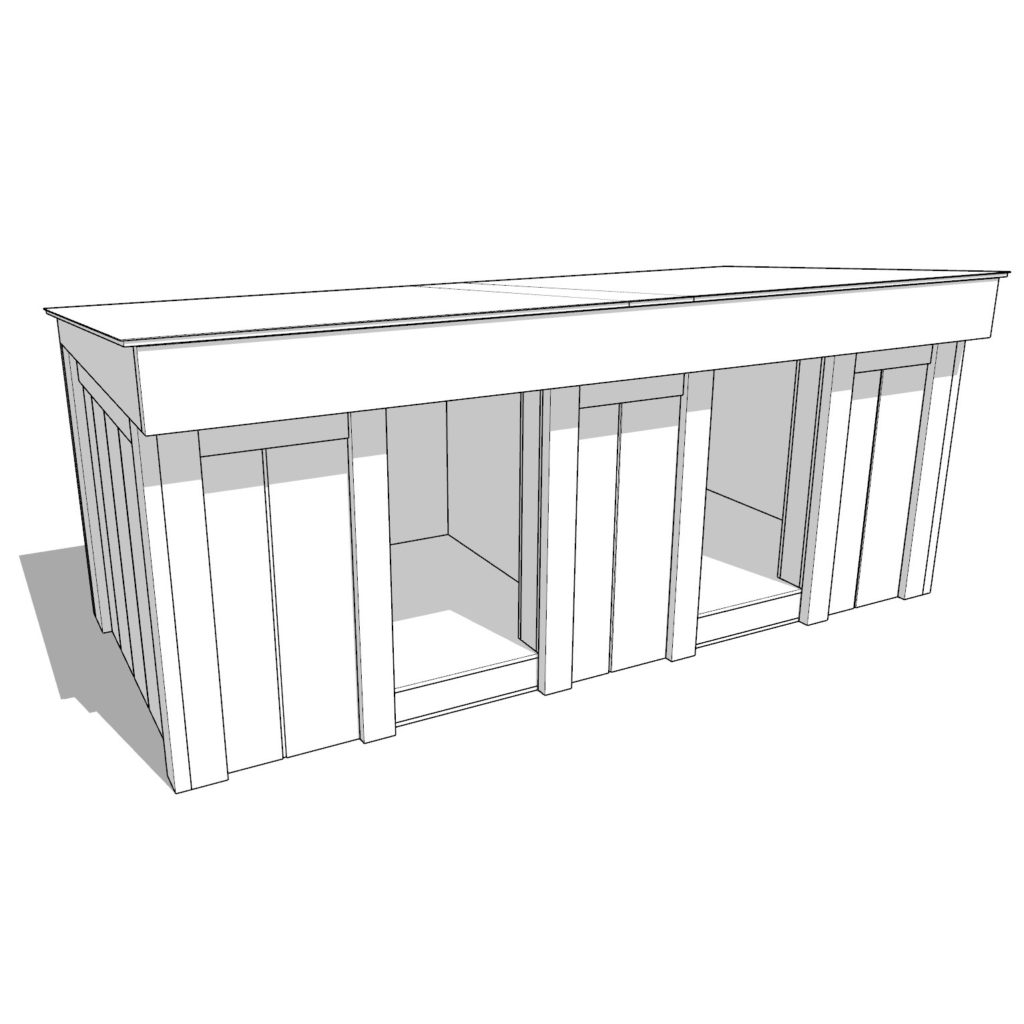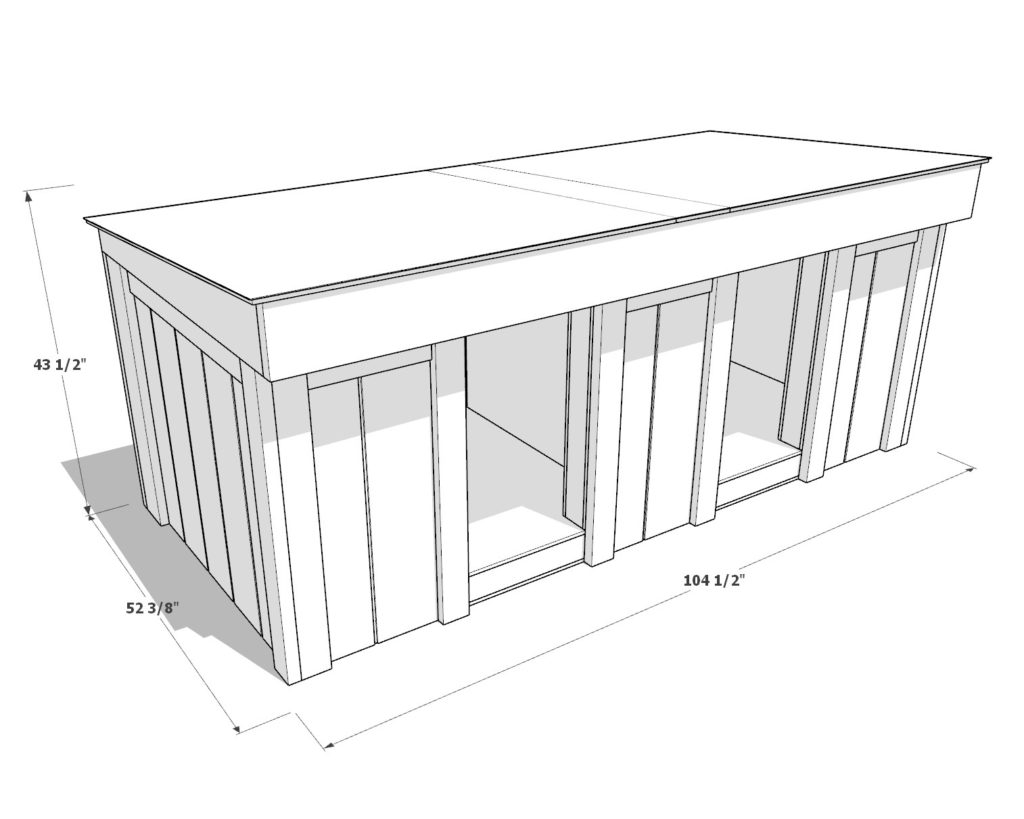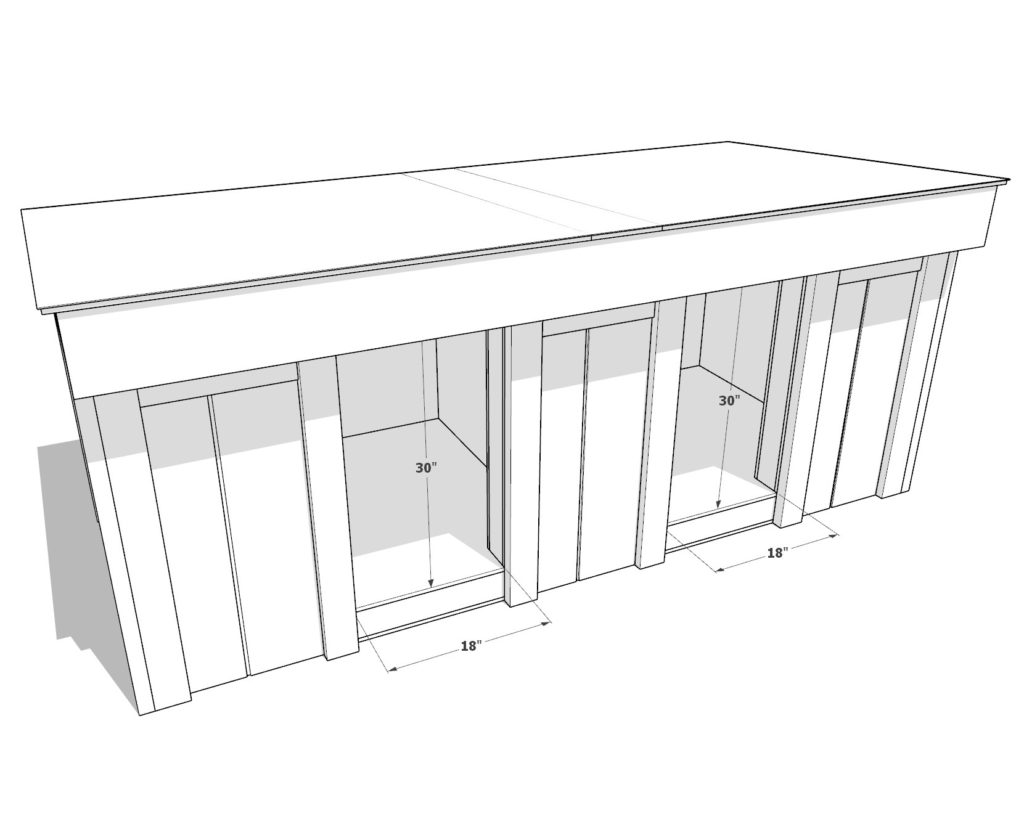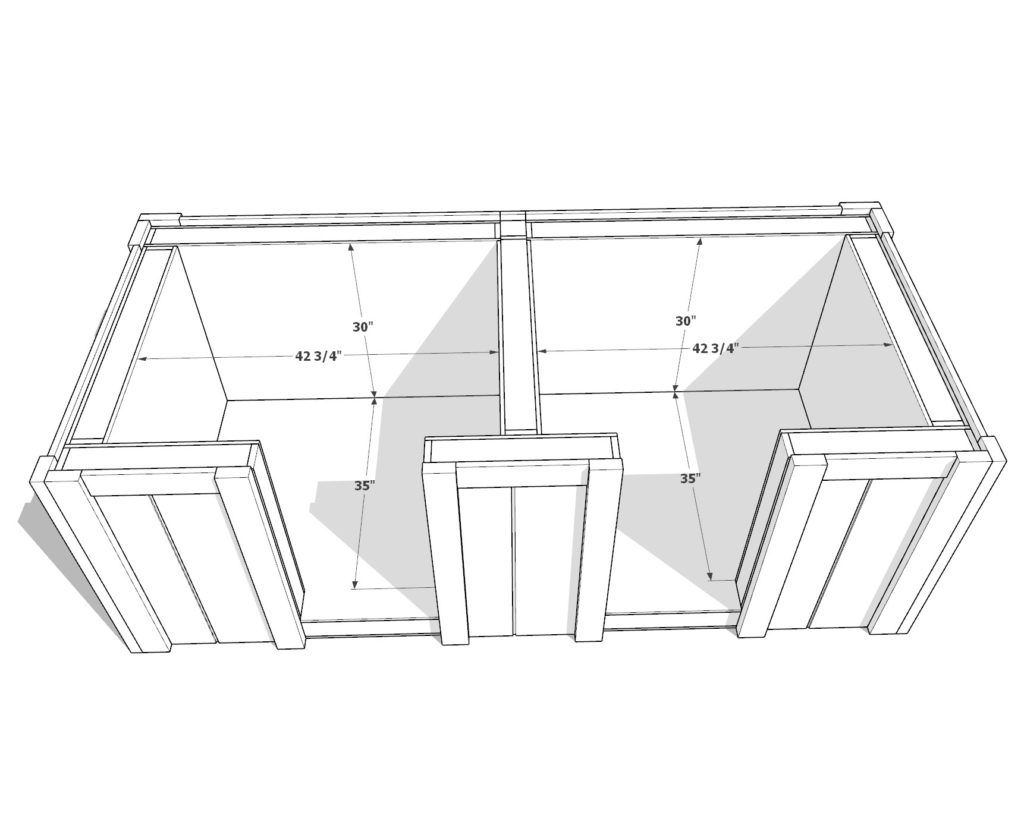Introduction
What’s up, DIYers and dog lovers? We’re diving into a project that’s all about giving your four-legged friends their own slice of paradise. Our Double Dog House DIY Plan isn’t just about the build – it’s about creating a space where your pups can feel the love in every corner. It’s for the dogs who are more than just pets; they’re your loyal followers on every road trip, your ever-ready fetch partners, and your faithful companions on lazy Sunday afternoons. This plan is your opportunity to craft a retreat that’s as comfy as a hug and as sturdy as your friendship. Let’s gear up and bring this dream dog house to life.
Specifications
Let’s break down what makes this DIY Double Dog House a must-build for your dog pals:
Spacious Design for Two: Ample room for medium to large breeds, ensuring comfort without cramping style.
Superior Insulation: Comprehensive insulation for floors, walls, and ceiling to maintain a comfortable temperature year-round.
Elevated Foundation: Off-the-ground construction to keep your pets dry and the dwelling damp-free.
Optimal Ventilation: Engineered for continuous airflow, promoting a healthy and fresh environment.
Convenient Rear Access: Dual doors at the back simplify cleaning and interaction, making maintenance hassle-free.
Sloped Roof: Designed for efficient water runoff to safeguard the structure from rain and weather wear.
Resilient Siding: Built to withstand the elements, ensuring longevity and durability through all seasons.
Protective Paint: The painted exterior provides additional weatherproofing and a polished finish.
Roofing with Shingles: The shingled roof offers extra protection, ensuring the interior remains dry.
With these professional-grade specifications, our DIY plan is designed to guide you in creating a robust and refined retreat for your beloved dogs.
Why Choose Our DIY Plan?
When it’s time to get down to building, here’s why our Double Dog House stands out:
Beginner-Friendly: No prior woodworking wizardry required. We lay it out clear and simple, step by step.
Comprehensive Guides: From diagrams that actually make sense to a materials list that’s all-inclusive, we’ve got you covered.
Design with Finesse: Our dog house doesn’t just meet the needs; it exceeds them with style and practicality.
Durability Focused: We prioritize your pets’ safety and comfort with a design that’s built to last.
Value for Money: Invest once in our plan, and create a pet home that will stand the test of time.
Conclusion:
In wrapping up, our Double Dog House DIY Plan is more than just blueprints—it’s the beginning of a new chapter for you and your pets. It’s about taking the love you have for your furry family members and turning it into a safe, stylish, and comfortable living space that they can call their own. With our plan in your hands, you’re not just building walls; you’re crafting a haven of happiness for your dogs that will stand as a testament to the care and affection you hold for them. So, grab your tools and let your heart lead the way to a successful build. Your pets’ dream home is just a project away.
Time
(varies with experience)
Cost
$800 (Costs may vary based on location and supplier.)
Skill level required
Beginner
DIY Double Doghouse PDF Plan
What is included in the PDF download?
- Easy to read step by step instructions
- Material list
- Tools needed
- Helpful links to materials and tools needed
Tools and Materials Needed for Double Dog House:
Available with the purchase of the DIY plan PDF.
Lumber Shopping & Cut List for Double Dog House:
Available with the purchase of the DIY plan PDF.
Step 1: Preparing Ceiling, Floor, and Wall Panels
Color-Coded Components:
- Blue: Floors and Ceilings
- Green: Side Walls
- Brown: Back Doors
- Pink: Front Walls
- Lime Green: Doghouse divider wall
- Teal: Panel Connectors
- Peach: Additional Support
Assembly Instructions:
Secure all components together using wood glue and 1.5-inch pin nails, ensuring a strong and lasting assembly.
Blue Components:
- Construct using two 44-inch and two 46-inch lumber pieces.
- Attach a 47-3/4 inch x 44 inch plywood sheet on both sides.
- Sandwich insulation between plywood sheets.
- Repeat to make 4 panels.
Green Components:
- Use two 30-inch and two 33-1/2 inch lumber pieces.
- Assemble with a 35 inch x 30 inch plywood sheet on each side.
- Insert insulation.
- Create 2 panels.
Brown Components:
- Start with two 30-inch and two 46-1/4 inch lumber pieces.
- Use a 30 inch x 47-3/4 inch plywood sheet for each side.
- Add insulation.
- Make 2 panels.
Pink Components:
- Build with two 30-inch and two 19-1/2 inch lumber pieces.
- Cover with a 30 inch x 21 inch plywood sheet on each side.
- Include insulation.
- Produce 3 panels.
Lime Green Component:
- Construct from two 30-inch and two 34-1/2 inch lumber pieces.
- Attach a 30 inch x 36 inch plywood sheet on each side.
- Enclose insulation.
- Create 1 panel.
Teal Components (Panel Connectors):
- Use two 44-inch 1×4 lumber pieces and a 44-inch 4×4 lumber piece.
- Secure together.
- Form 2 connectors.
Peach Component (Support):
- Prepare one 30-inch 4×4 lumber piece.
Tip: Refer to the cut optimization guide for efficient material use.
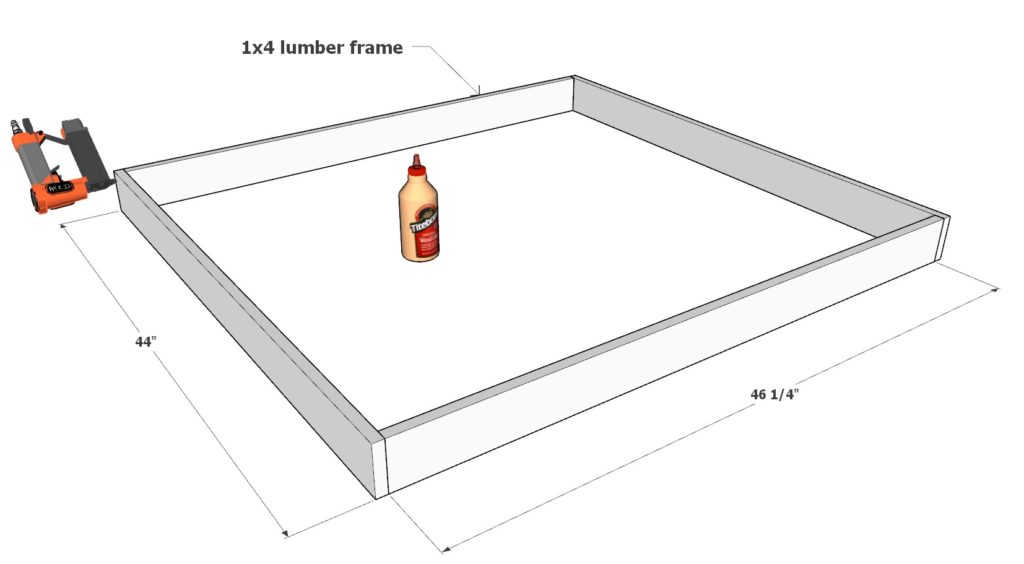
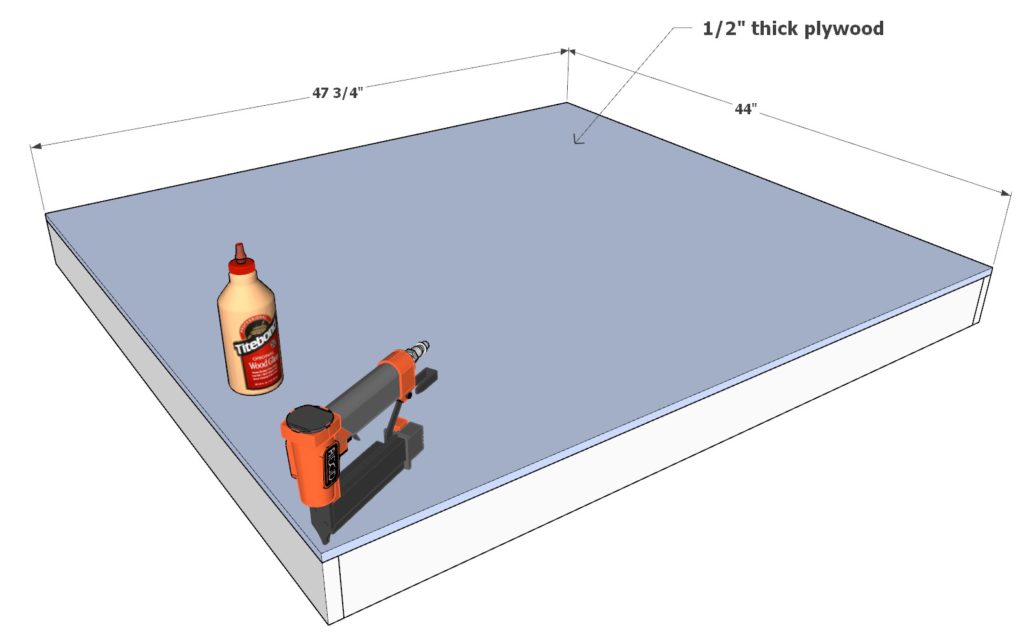
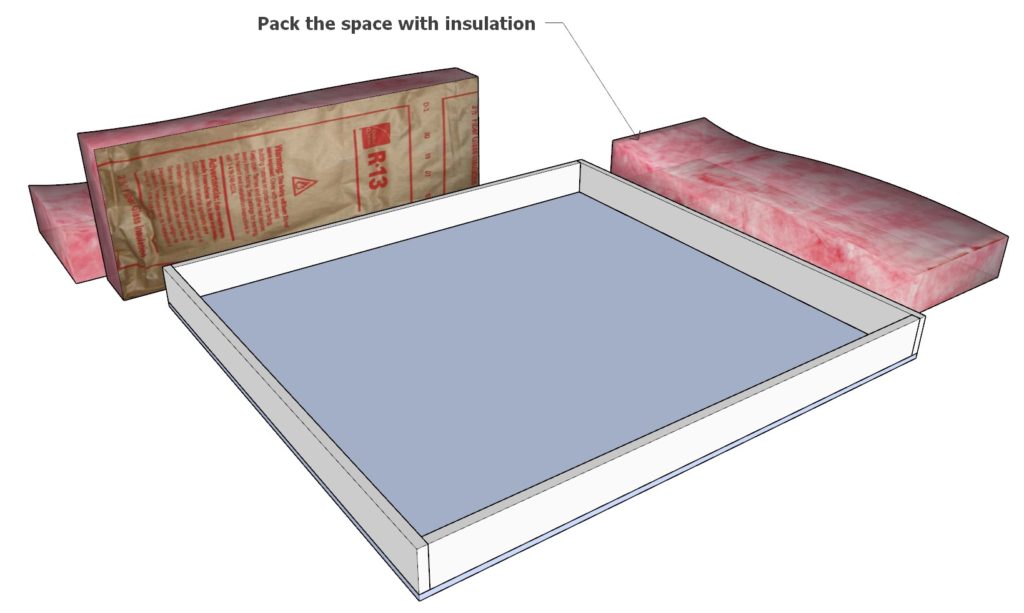
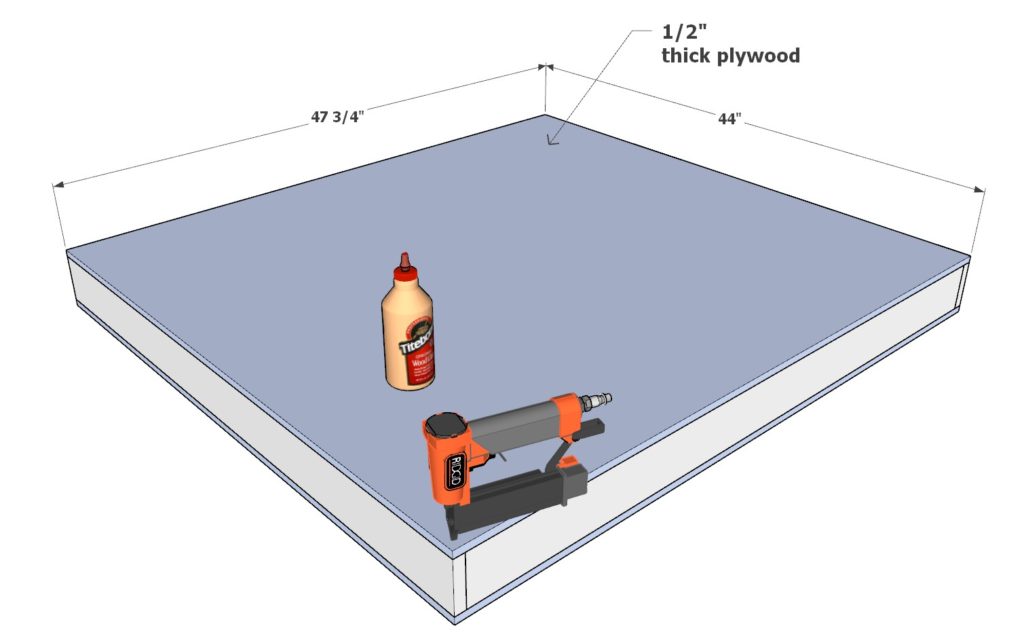
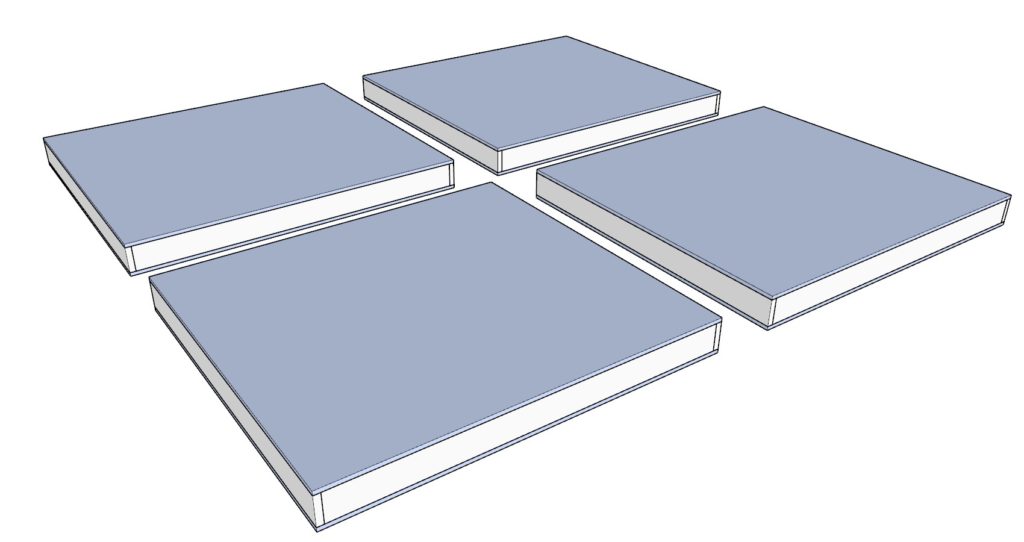
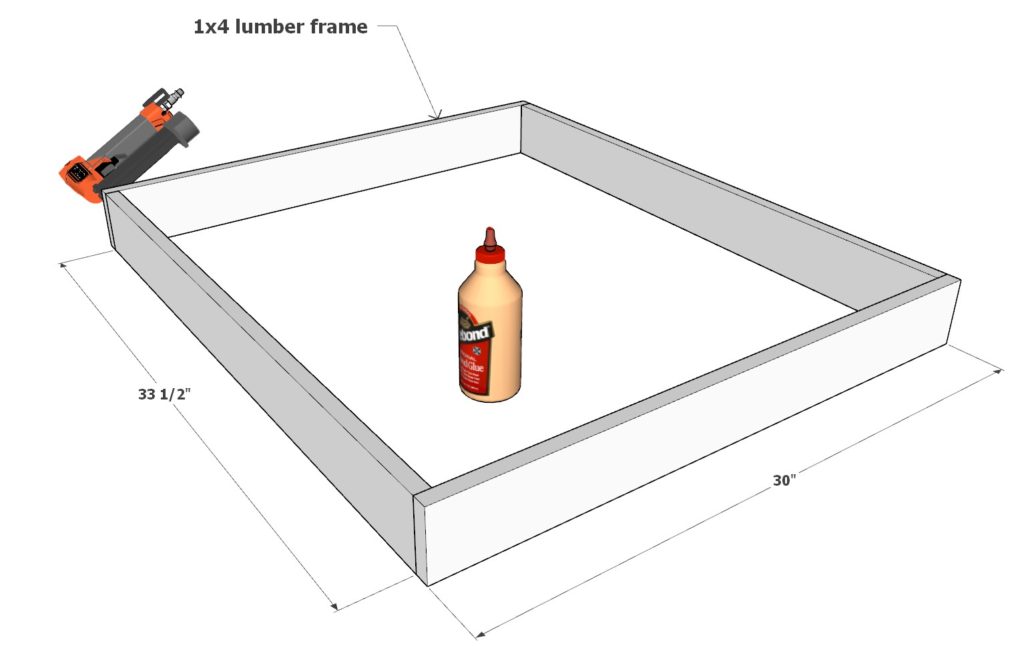
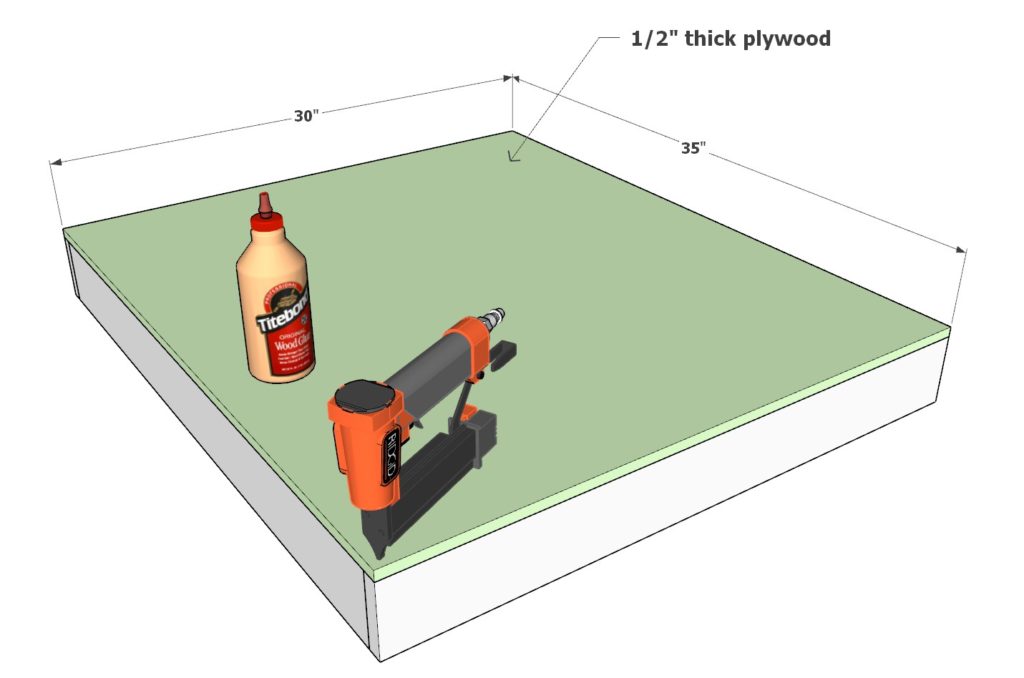
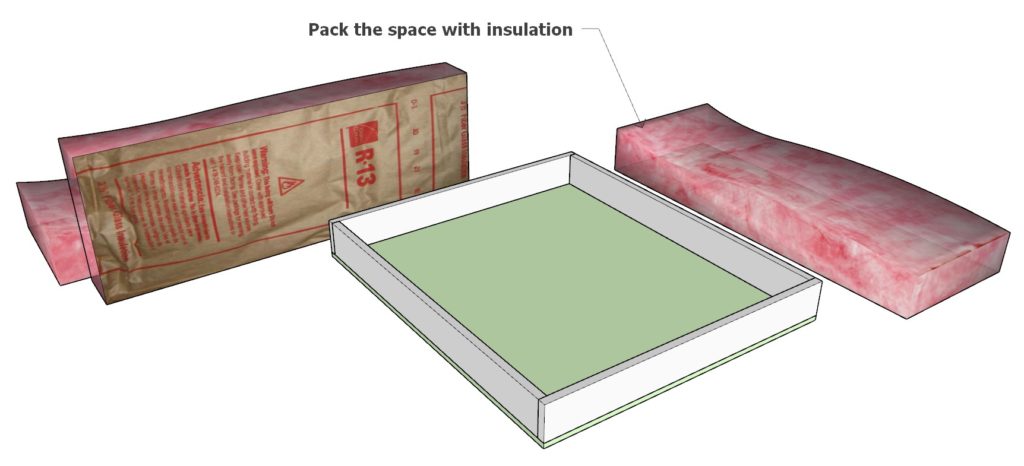
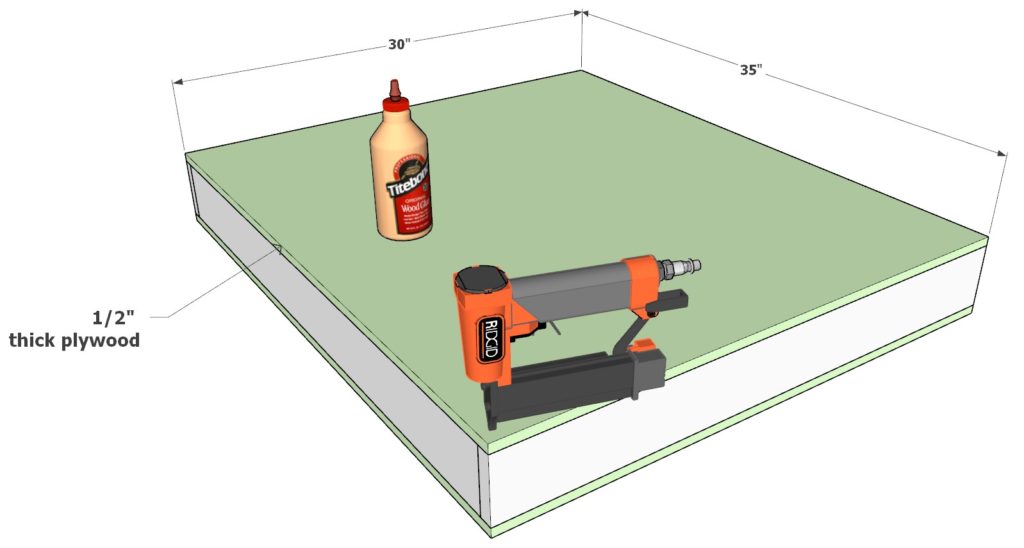
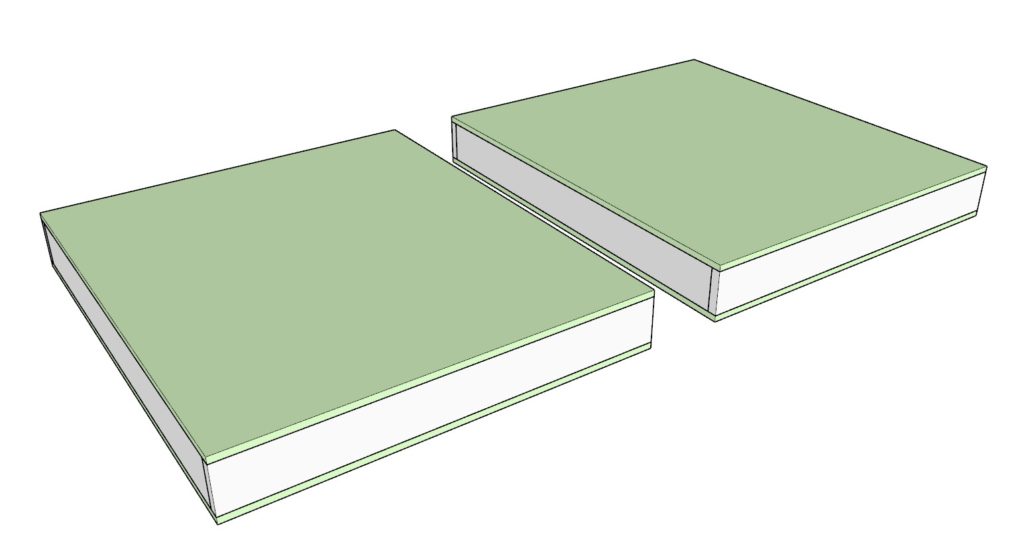
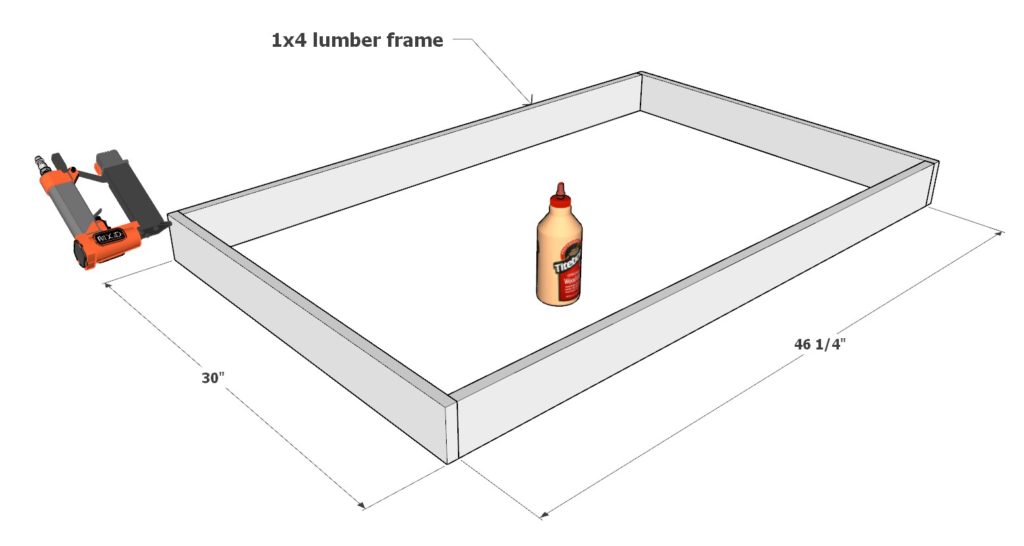
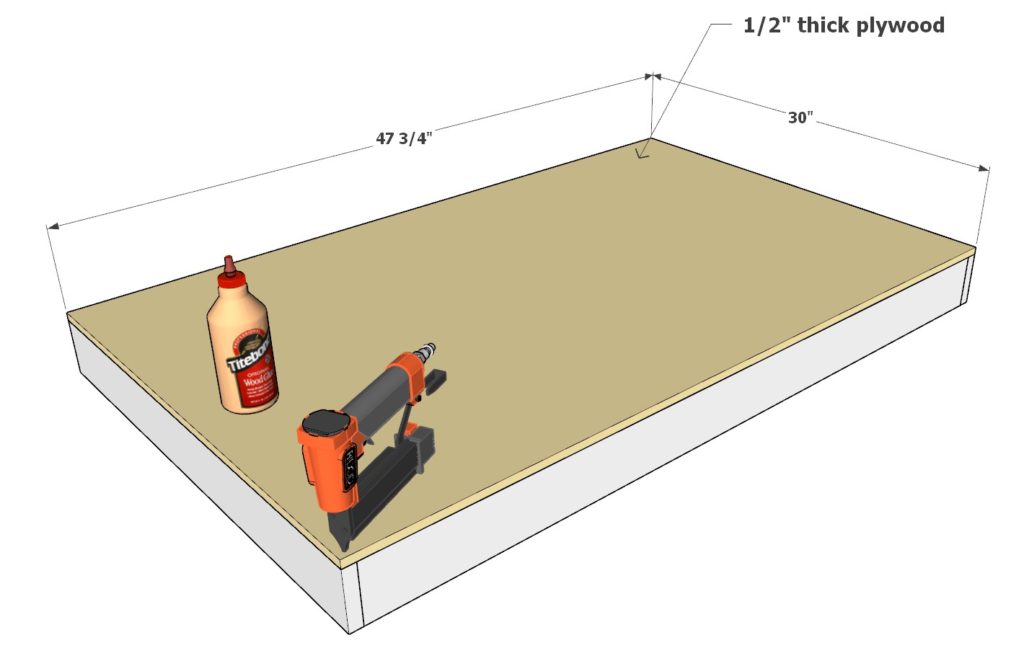
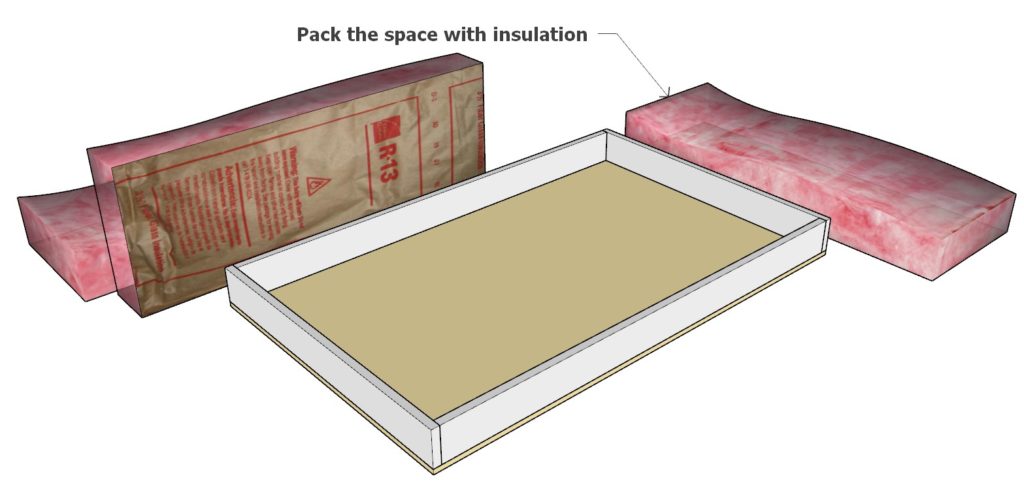
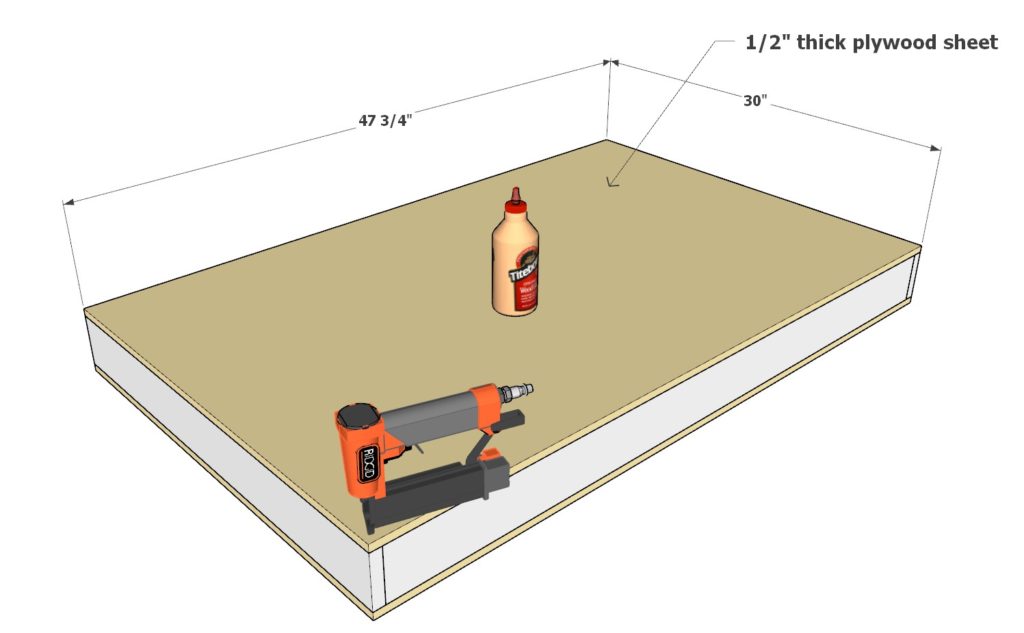
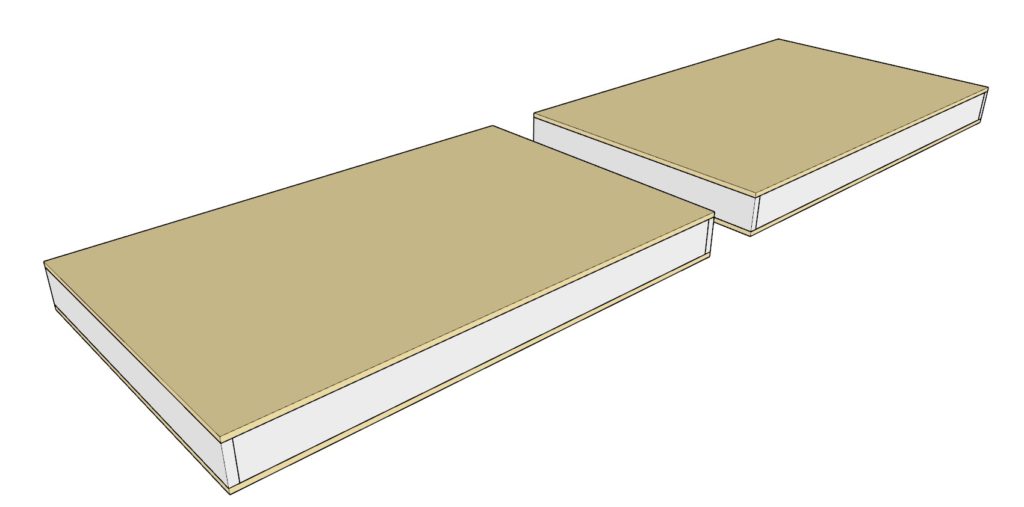
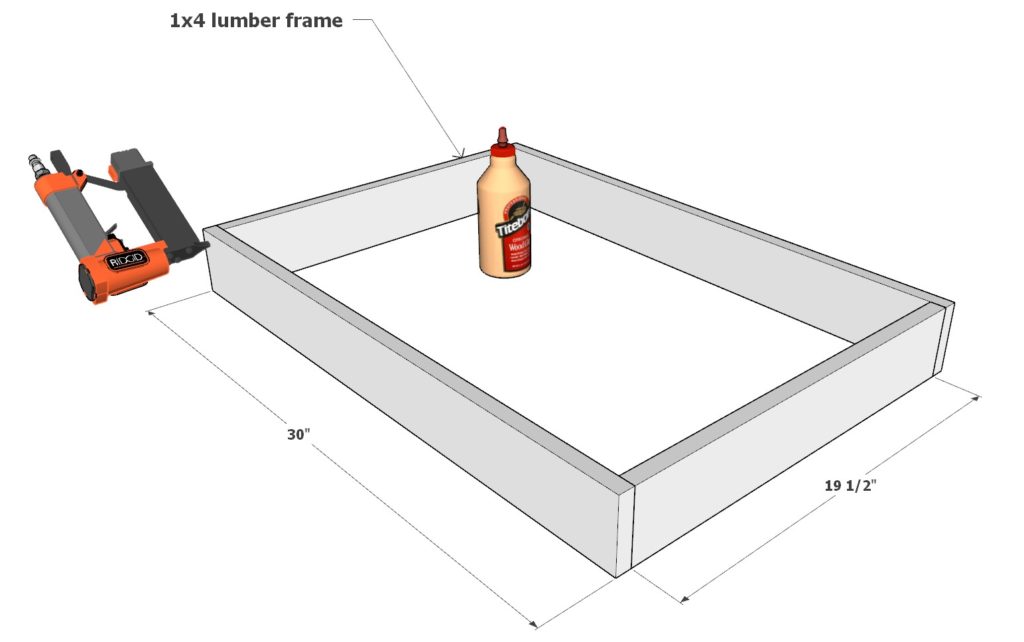
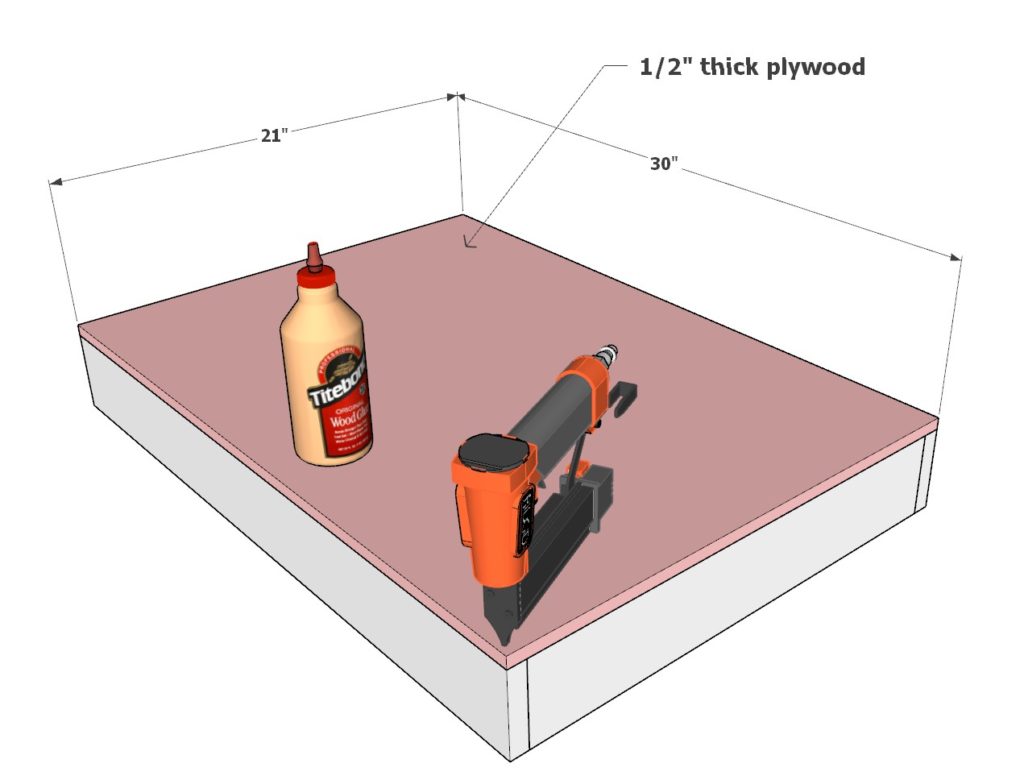
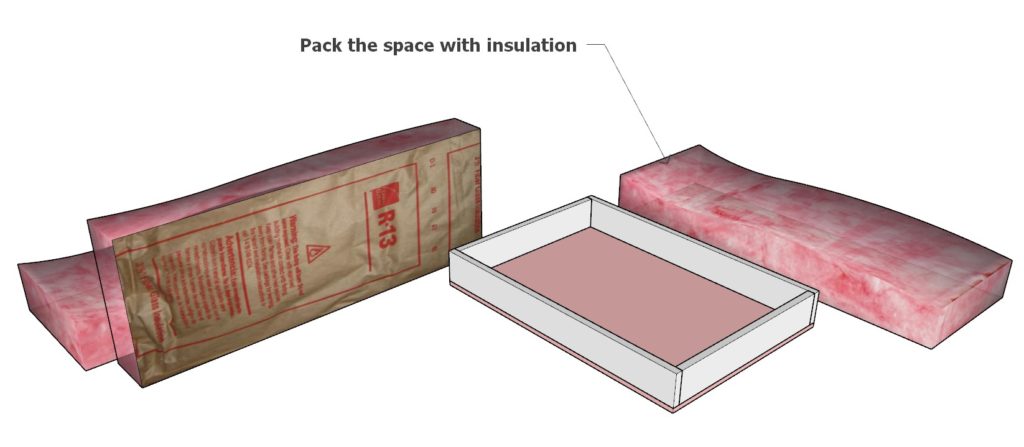
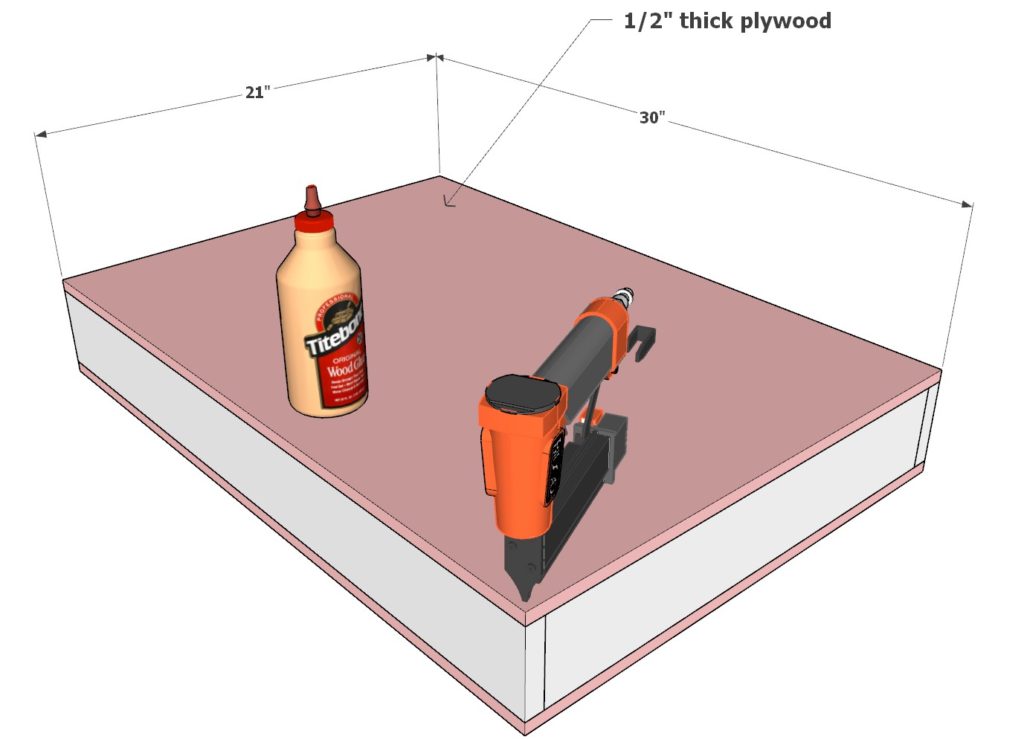
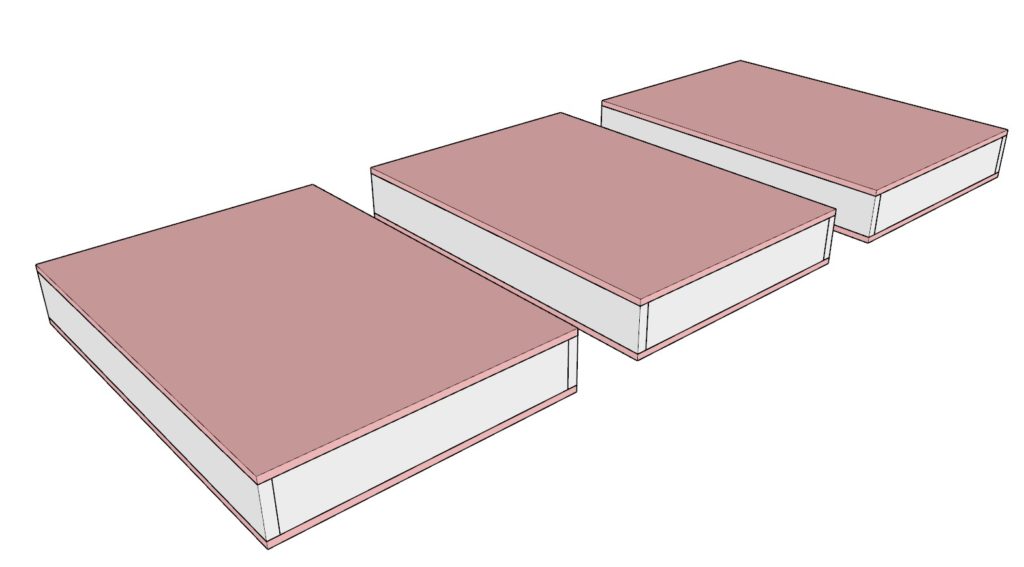
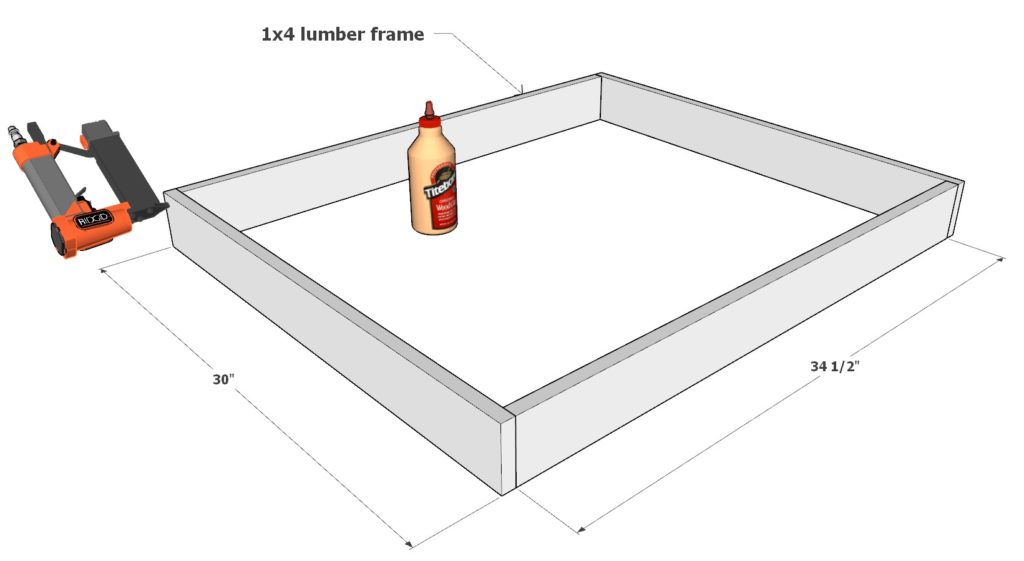
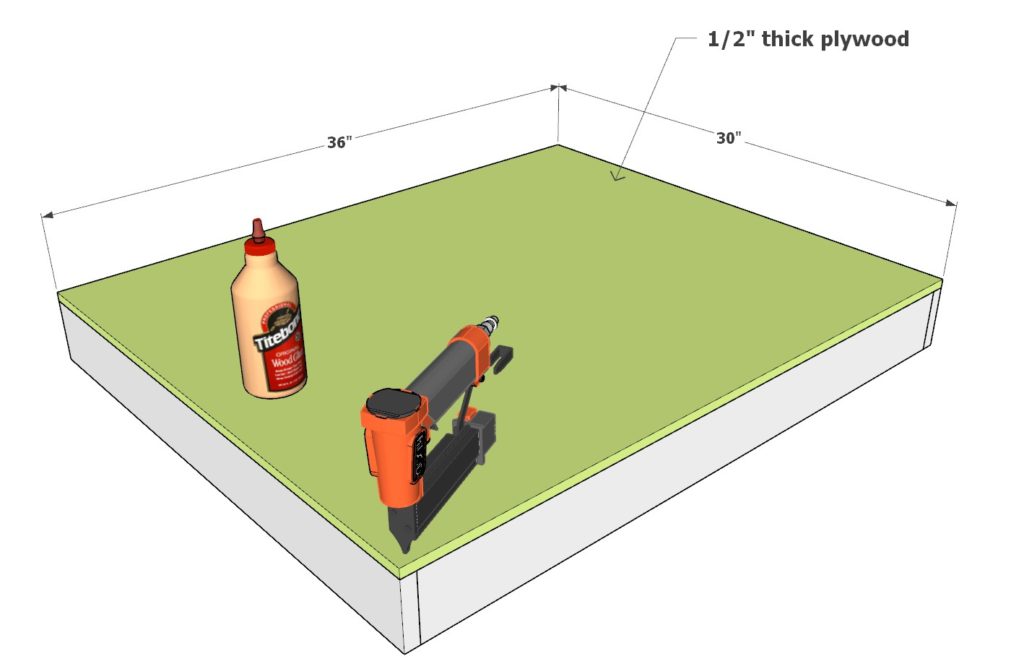
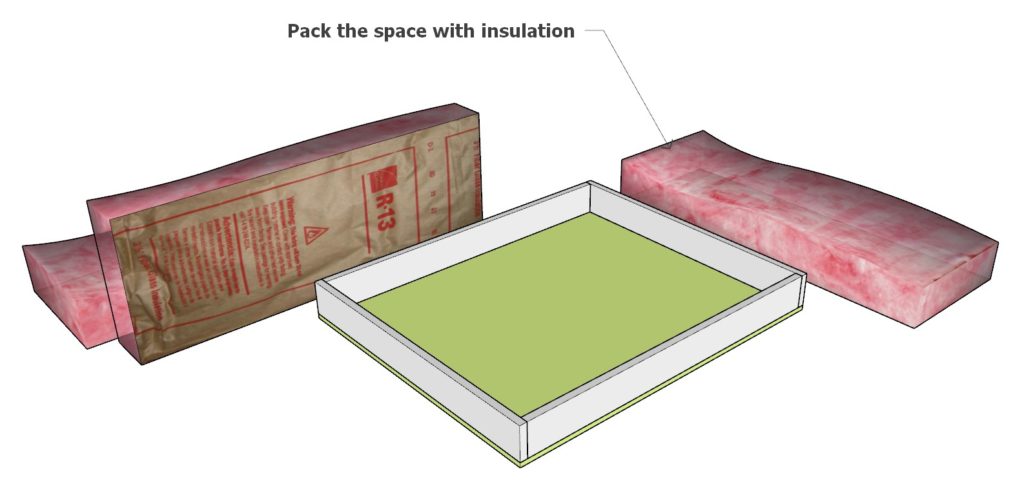
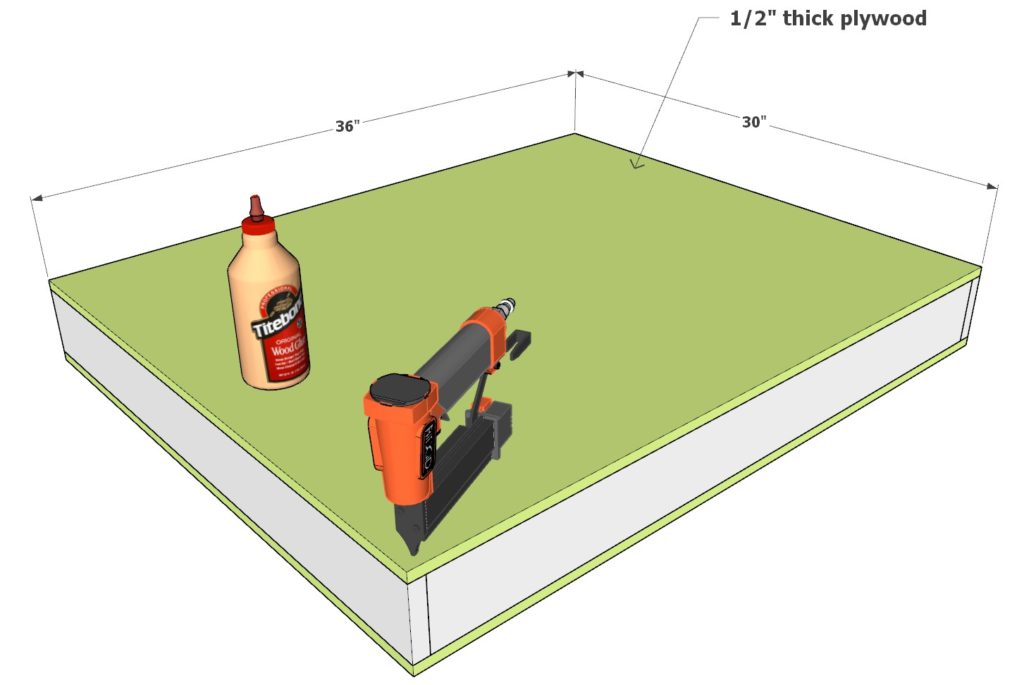
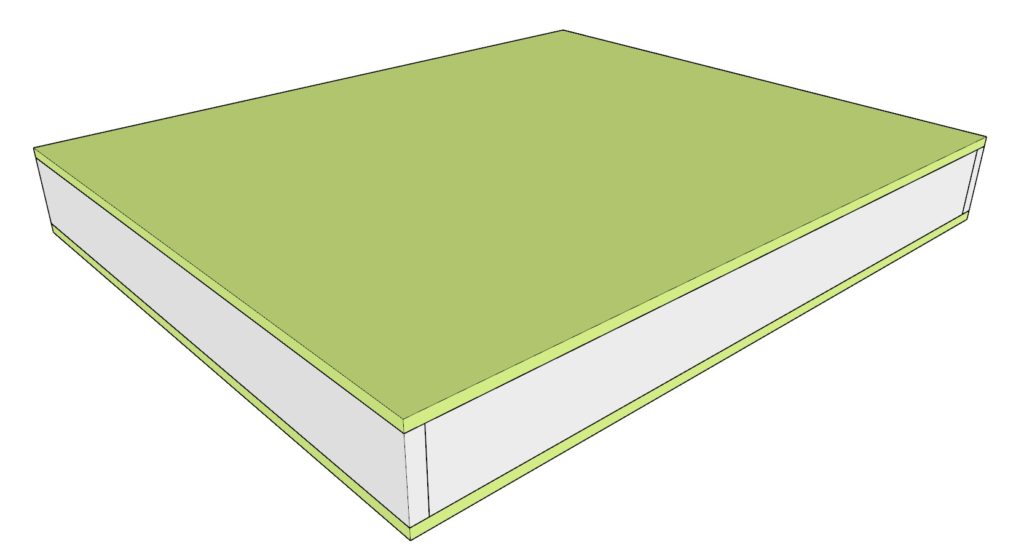
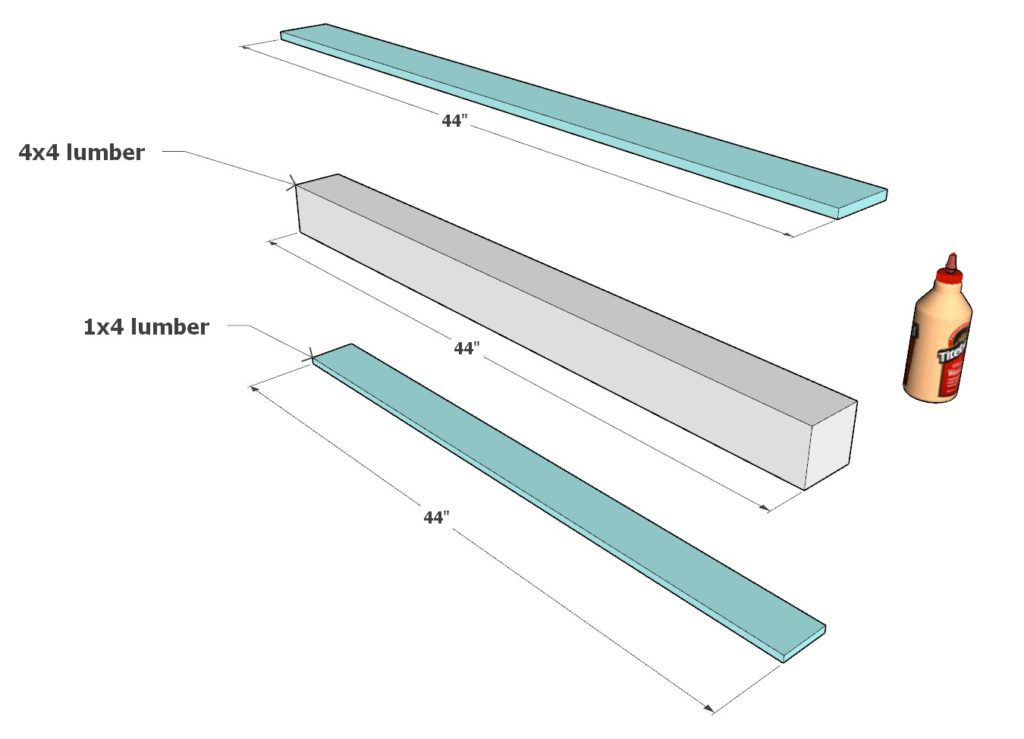
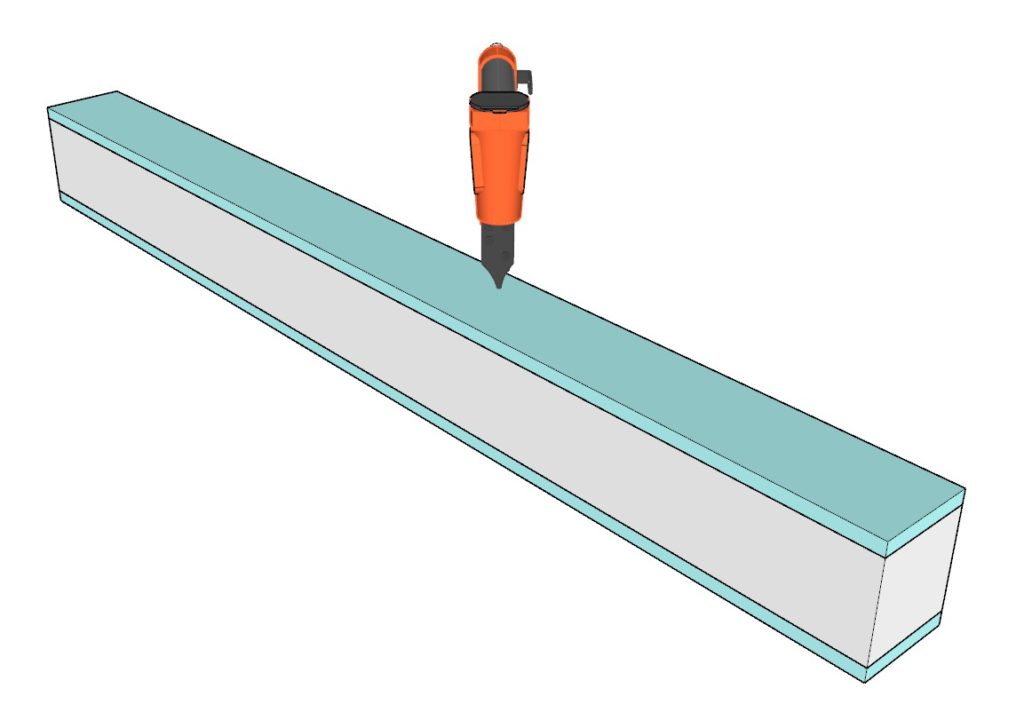
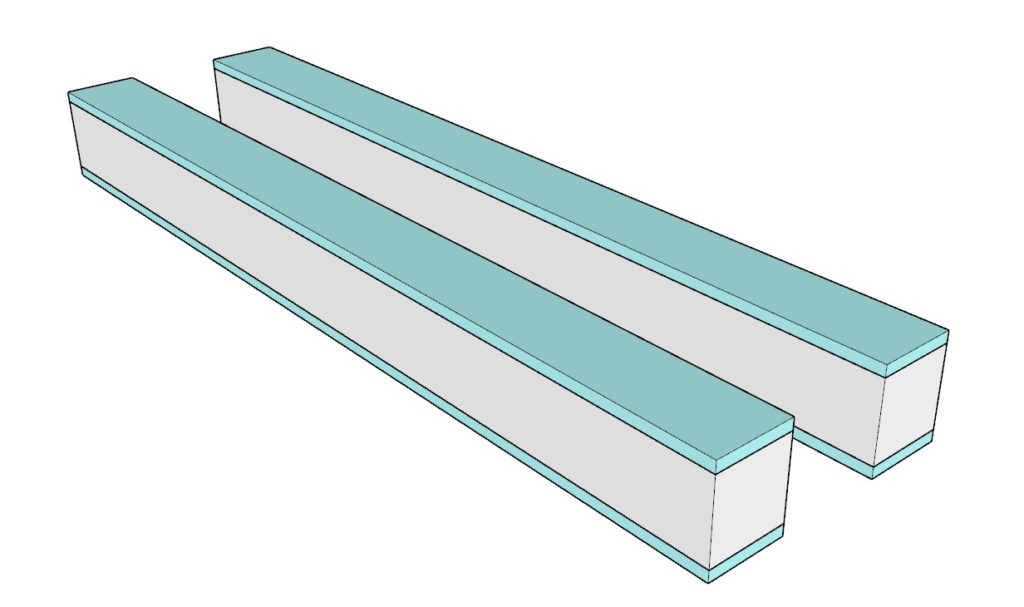
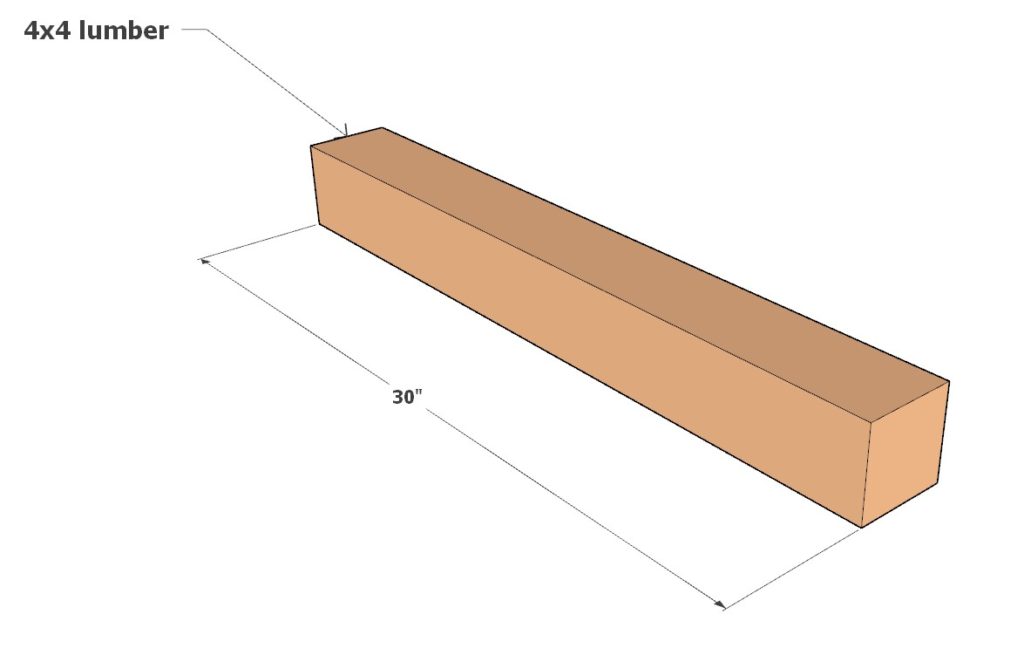
Step 2: Assembling the Doghouse Walls
Floor Assembly:
- Begin with two blue components for the floor, separating them with a teal connector. This forms the base of the doghouse.
Wall Construction:
- Place three pink components at the front to create the front walls.
- Use the two green components for the outer side walls.
- Set the lime green component as the dividing wall inside the doghouse.
- Position the peach component at the back as the connecting post.
Securing the Structure:
- Secure all pieces using wood glue and 1.5-inch pin nails. Initially, the structure may seem slightly unstable but will gain stability as more layers are added.
Ceiling Placement:
- Add the remaining two blue components on top as the ceiling, with another teal component between them.
Reinforcing Teal and Peach Components:
- For the teal and peach components, use 6-inch-long screws for extra strength, particularly vital for supporting the doghouse doors.
- Pre-drill holes with a drill to avoid splitting the wood.
- Use a countersink drill bit to ensure screws sit flush with the wood’s surface, preventing any protrusion.
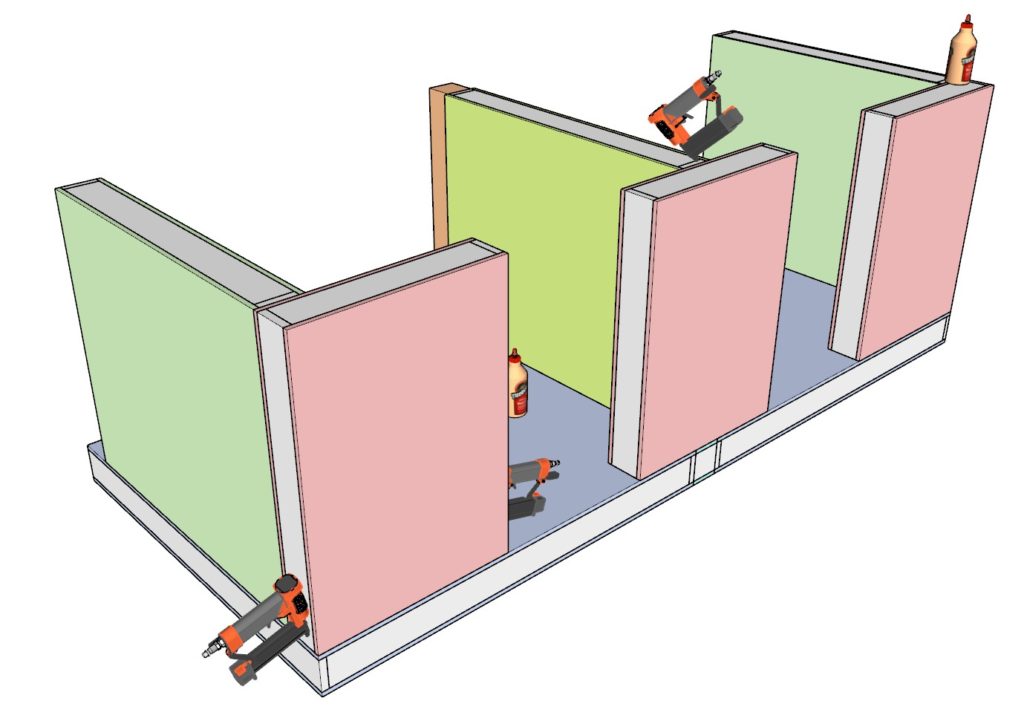
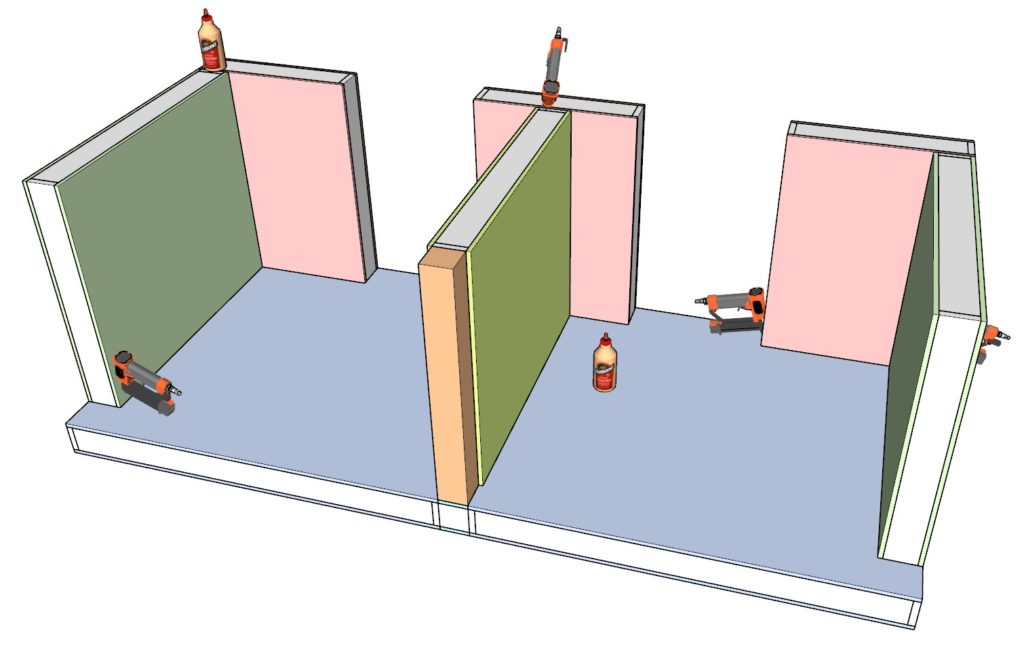
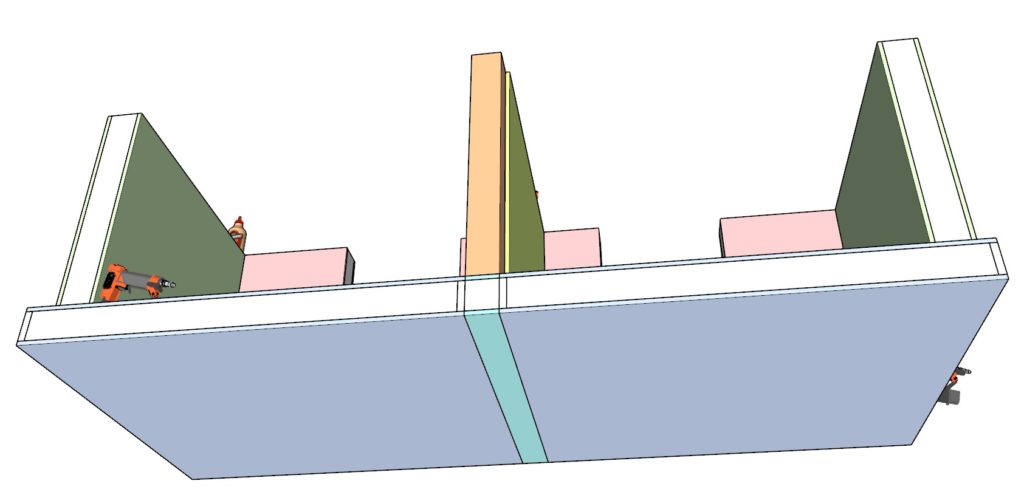
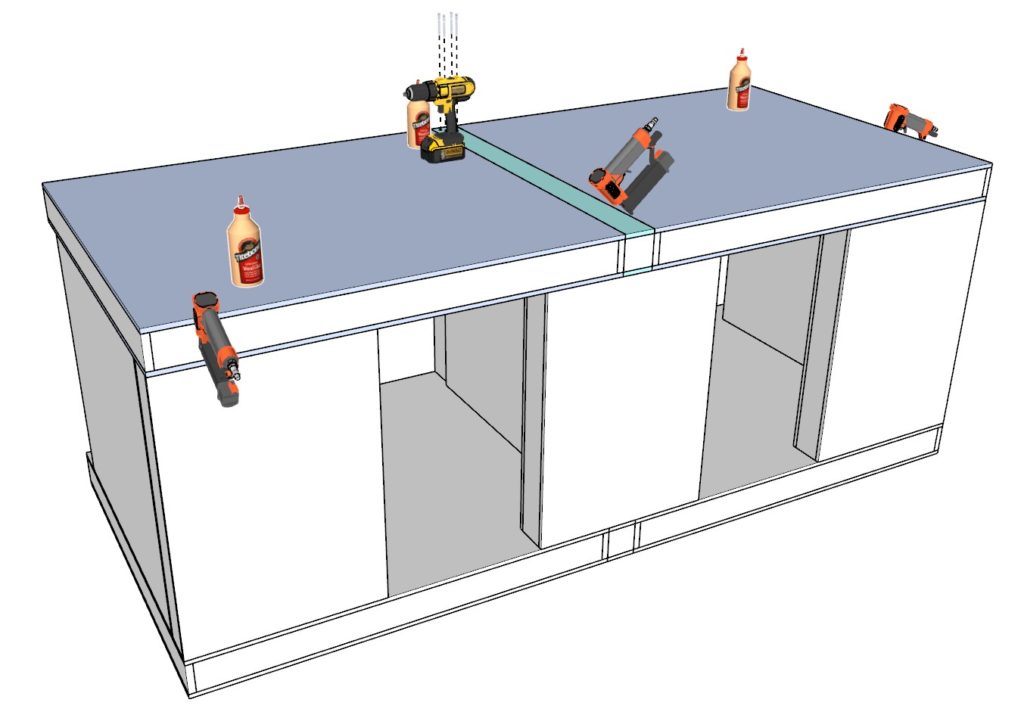
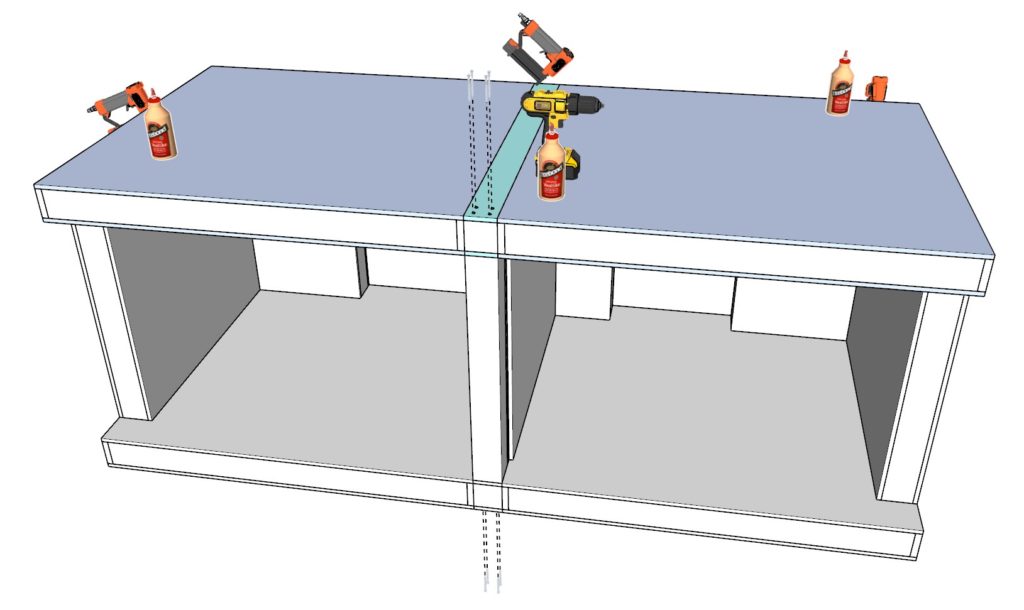
Step 3: Adding Outer Casing and Doors
Preparing Outer Casing:
- Identify the lumber pieces for the outer casing: lime green pieces are 35-1/2 inch long 2x4s, and salmon pink pieces are 35-1/2 inch long 2x6s.
Arrangement:
- Arrange these lumber pieces as shown in the diagram. This step is crucial for proper alignment.
Installing Doors:
- Before securing the outer casing, place the two remaining brown door components (from Step 1) in their designated positions.
Securing Lime Green Components:
- Attach the lime green components directly to the panels created in Step 1. Use 3.5-inch screws and wood glue for a firm attachment.
Attaching Pink Components:
- Join the pink components together and to the back of the brown doors. Importantly, do not connect them to the doghouse walls. This ensures that the doors can open and close freely.
- The doors should not be glued or screwed into the main doghouse structure at this stage.
Tips for a Clean Finish:
- Always predrill and countersink the screws to prevent wood splitting.
- Use wood putty to fill any screw holes, smoothing out for a clean, professional finish.
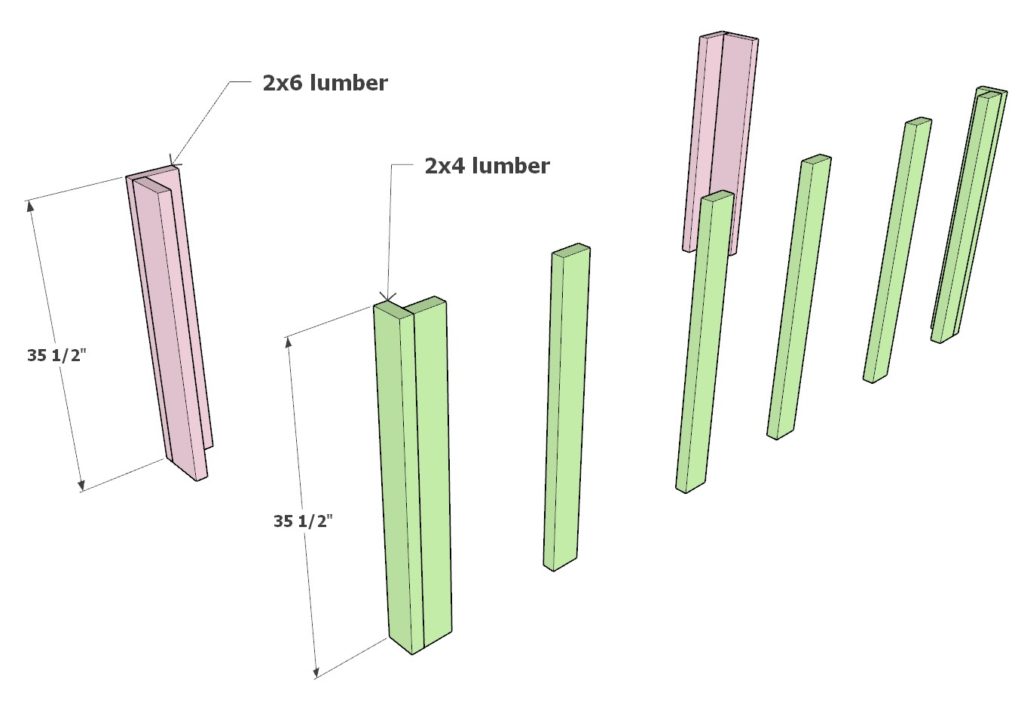
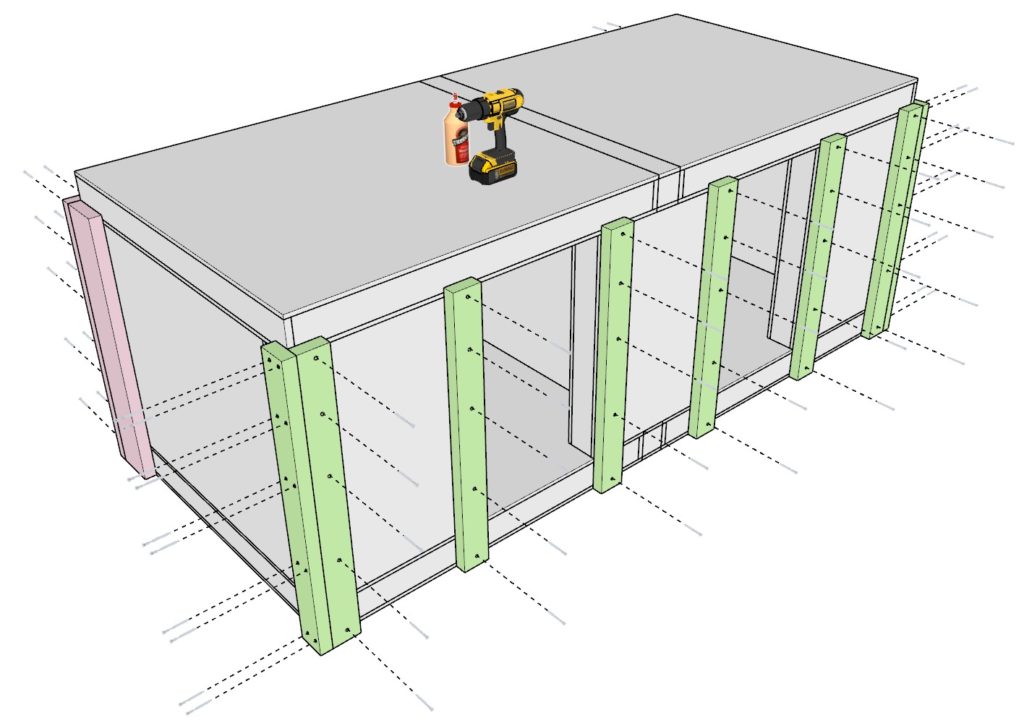
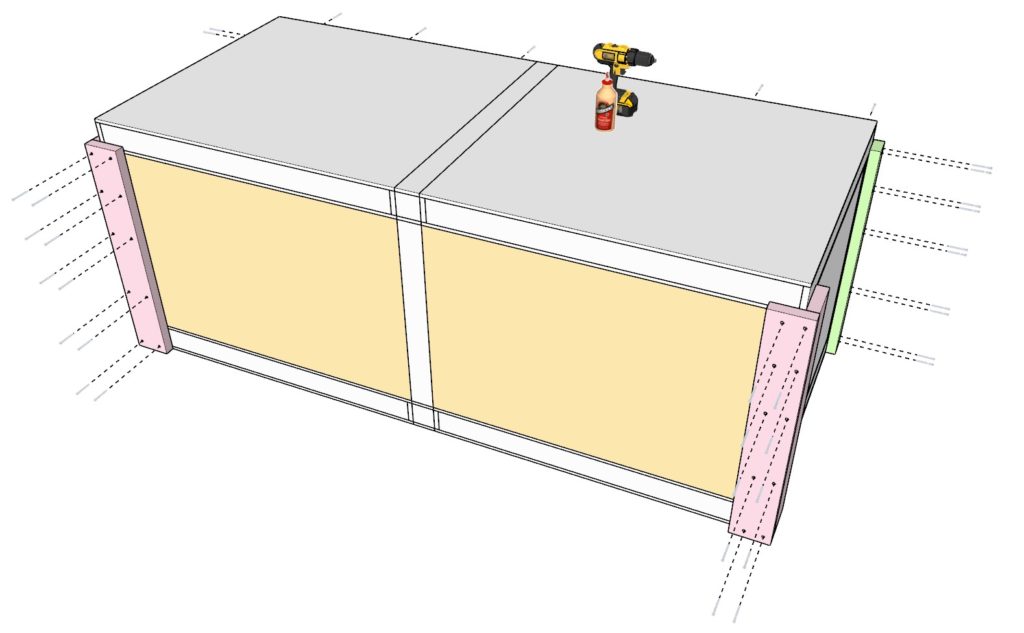
Step 4: Adding Siding to the Doghouse
Choosing Siding Material:
- Opt for Engineered Treated Wood Siding panels. These are durable, easy to paint, and often come pre-primed and pre-painted.
Cutting Siding Panels:
- Prepare the siding panels in the following sizes:
- Two panels measuring 32 inches x 36-1/2 inches
- Three panels measuring 14 inches x 32 inches
- Two panels measuring 43-3/4 inches x 32 inches
- One panel measuring 3.5 inches x 32 inches
Preparing for Siding Installation:
- Place Underlayment or a Weather Resistive Barrier (WRB) between the siding and the plywood panels. This step is crucial for moisture protection.
Attaching the Siding:
- Refer to the last diagram in this step for correct placement of each siding panel.
- Secure the siding panels to the doghouse using 1.5-inch pin nails and glue.
- Apply caulking around all joins and edges to ensure there are no gaps for moisture to penetrate.
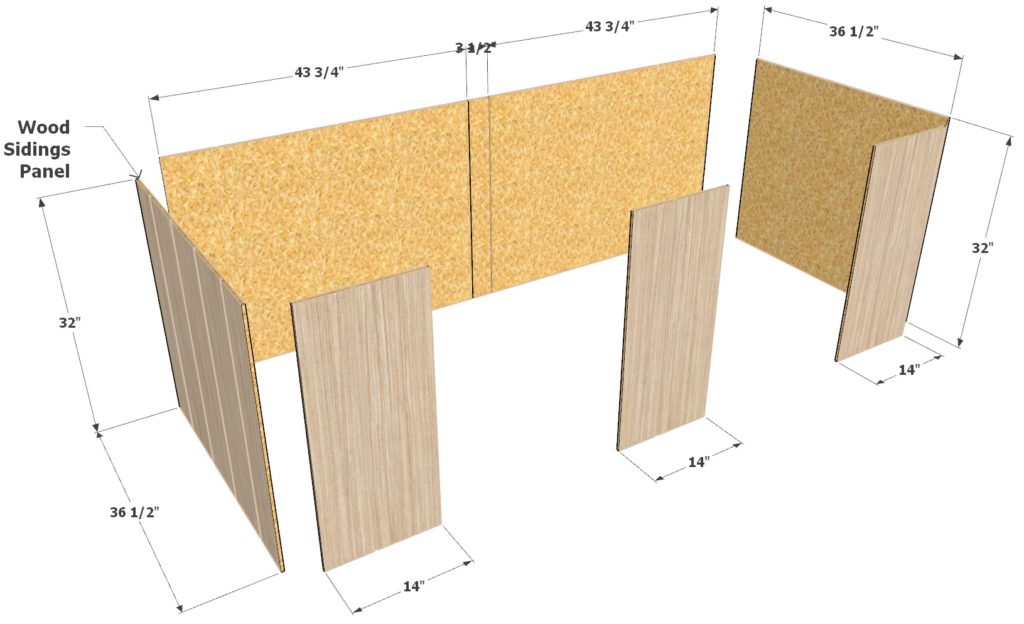
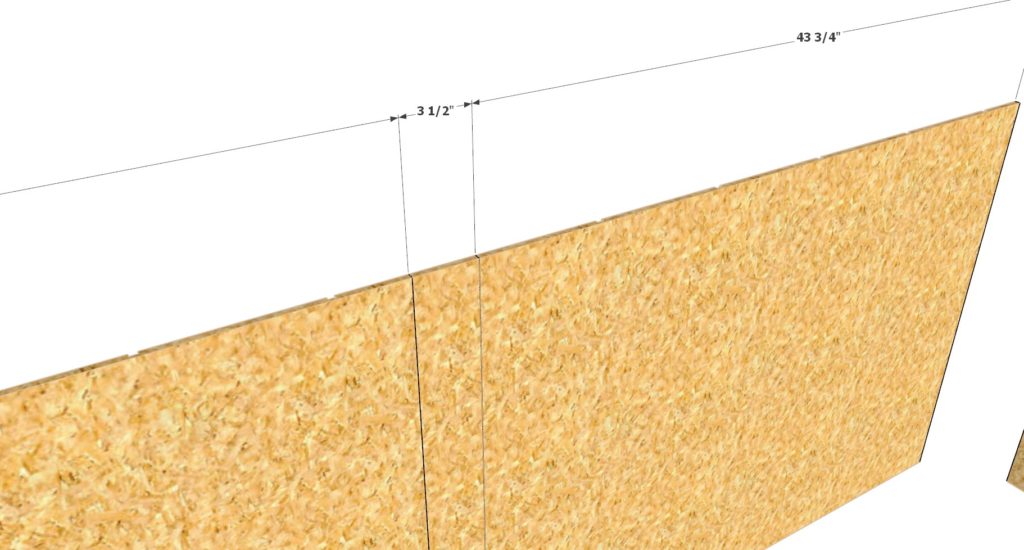
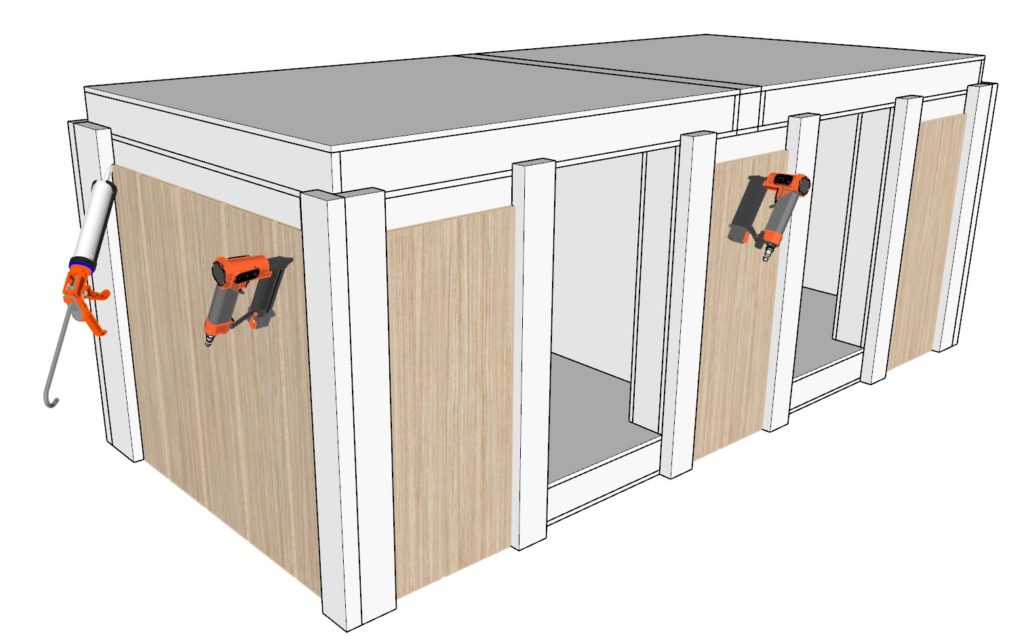
Step 5: Adding Additional Casing Lumber
Preparing Lumber Pieces:
- Gather 1×4 lumber pieces in the following sizes:
- Two pieces measuring 36-1/2 inches
- Three pieces measuring 14 inches
- Two pieces measuring 43 inches
- One piece measuring 3-1/2 inches
Attaching the Lumber:
- Secure each piece of lumber to the doghouse using wood glue and pin nails. Ensure each piece is aligned correctly and fits snugly in place.
Finishing Touches:
- Use caulking to fill any gaps between the lumber pieces. This step is essential to ensure a smooth, gap-free finish and prevent moisture from entering.
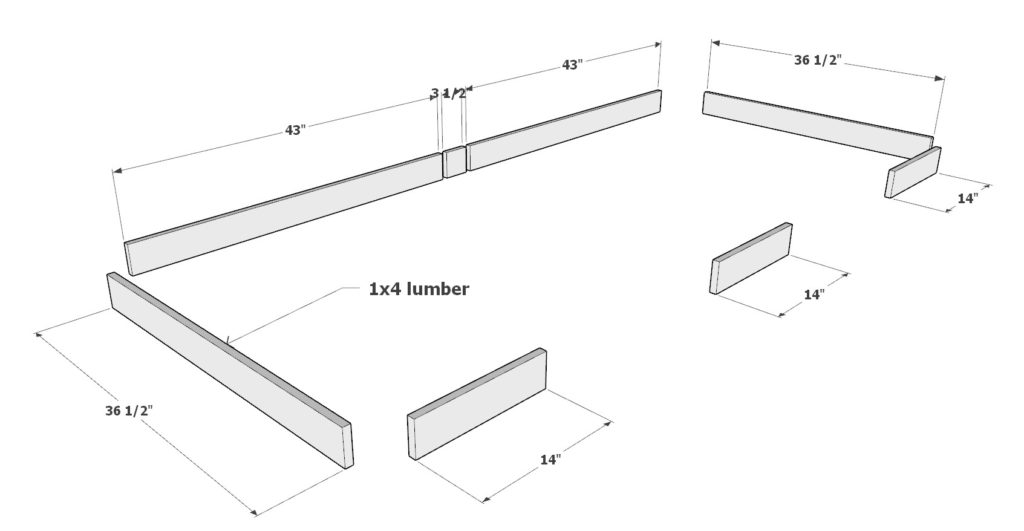
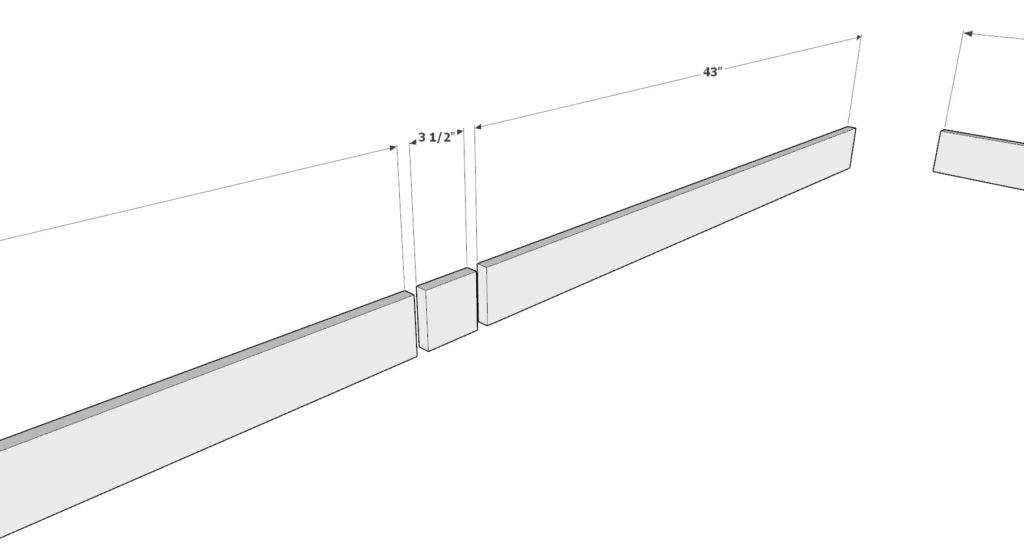
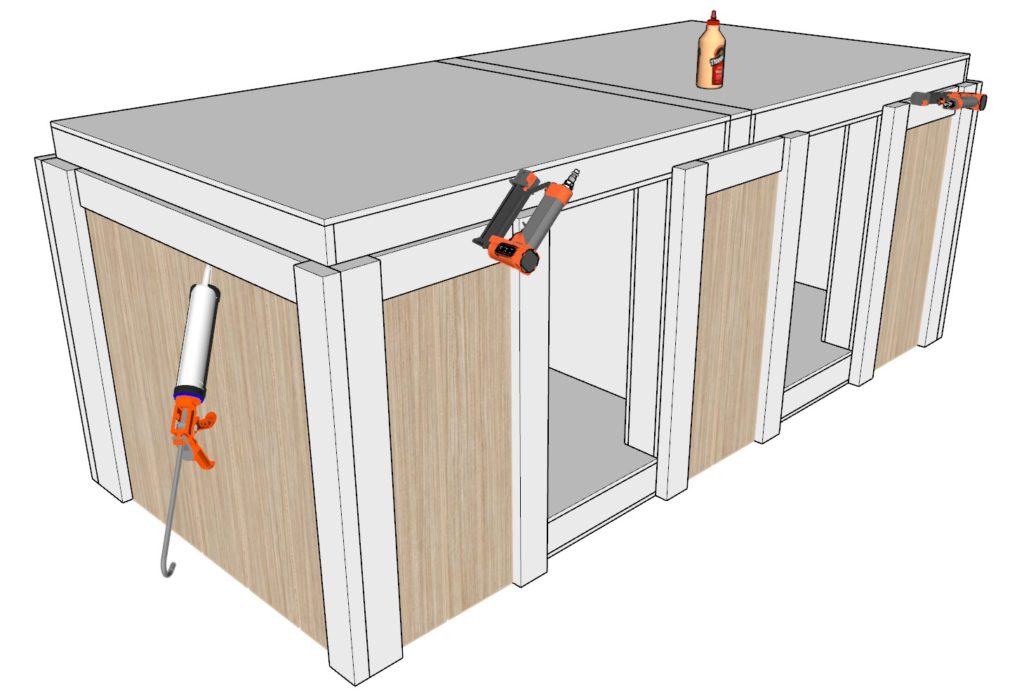
Step 6: Constructing the Roof Frame
Preparing the Main Roof Components:
- Start with a 49-inch 2×8 lumber piece.
- Cut this piece into two parts as indicated in the diagram: one part blue and the other part pink.
- Use a band saw, jigsaw, table saw, hand saw, or reciprocating saw for the cutting.
Cutting Additional Pieces:
- Cut two blue pieces and four pink pieces in total.
- To obtain the extra two pink pieces, you will need an additional 49-inch 2×8 lumber piece.
Assembling the Roof Frame:
- Combine the two blue pieces with two 99-inch long 2×4 lumber pieces to create the frame for the doghouse roof.
- Use wood glue and 3.5-inch screws for assembly.
Attaching the Roof Frame to the Doghouse:
- Place the roof frame on the doghouse as illustrated in the diagram.
- Secure it with wood glue and 3.5-inch screws, ensuring it is properly aligned and stable.
Finishing the Roof Frame:
- Use caulking to fill any gaps in the roof frame for a smooth finish.
- Fill screw holes with putty for a neat and clean appearance.
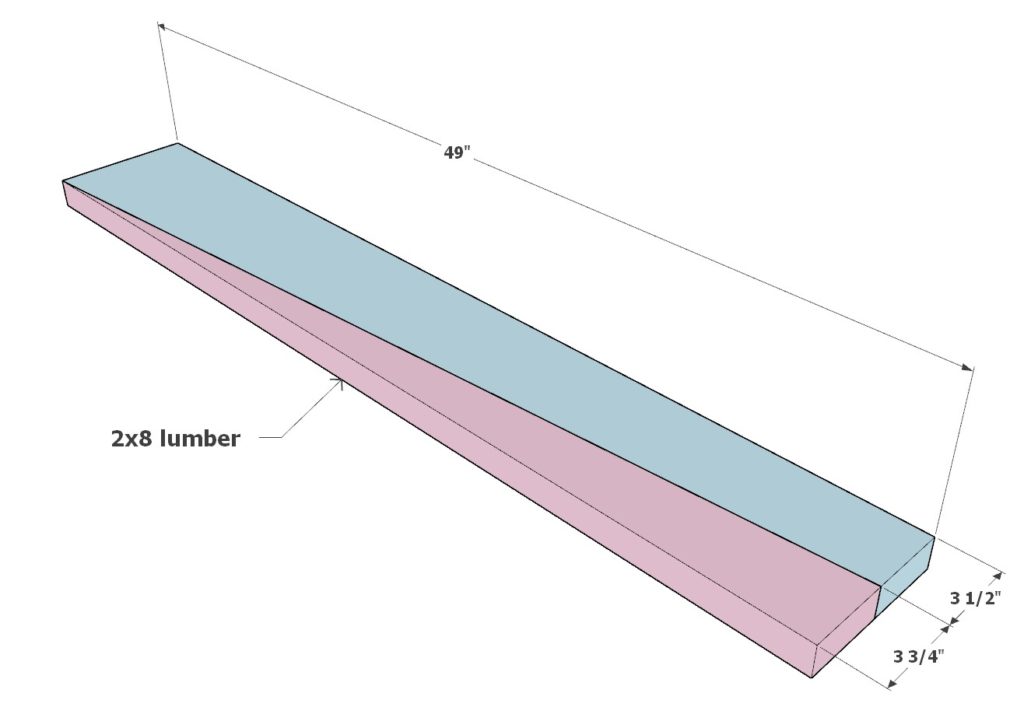
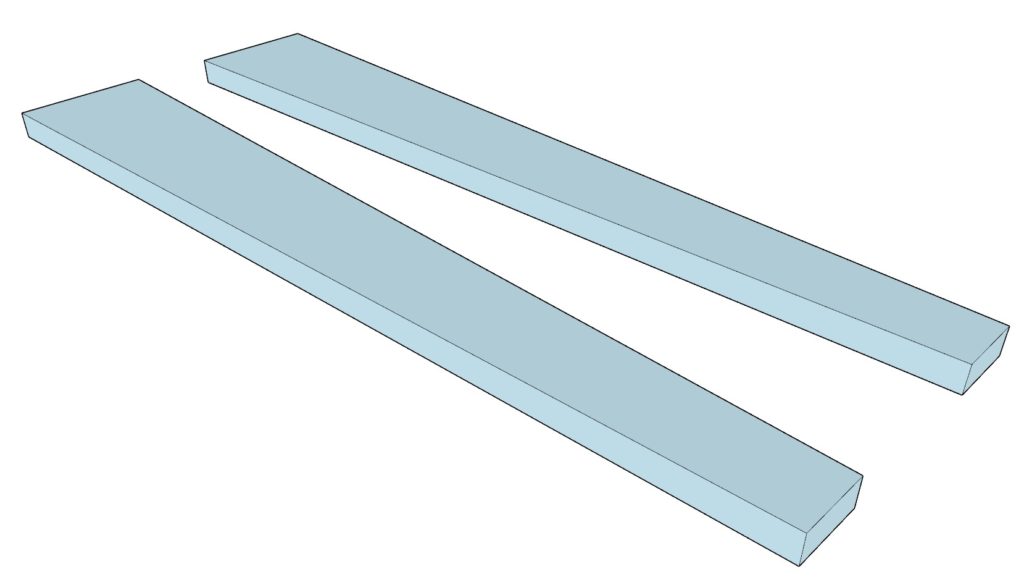
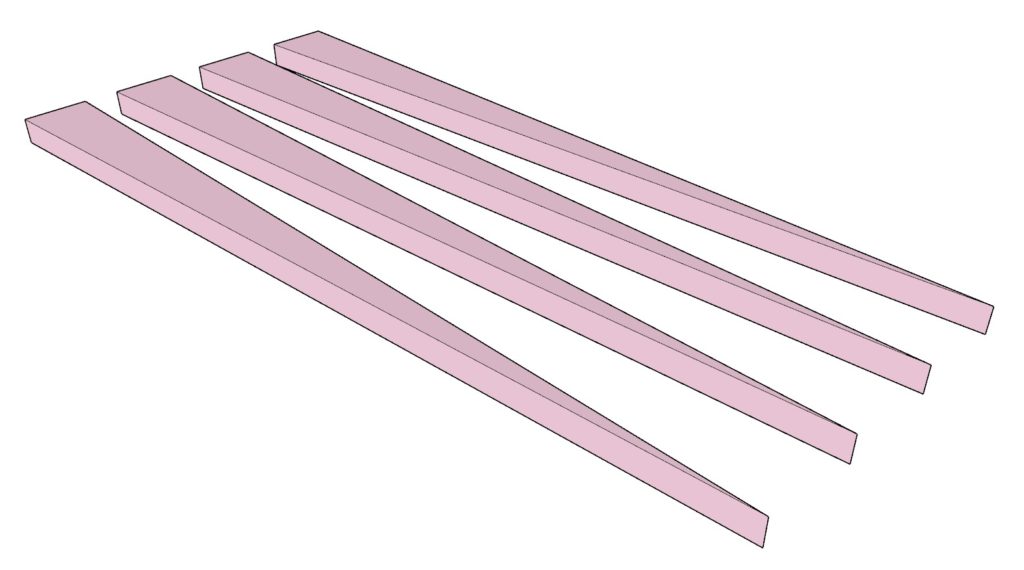
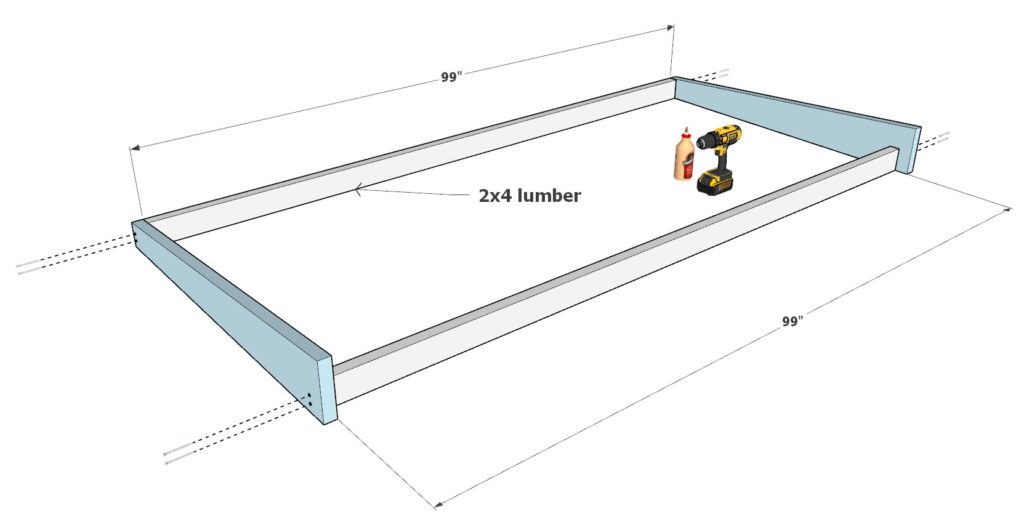
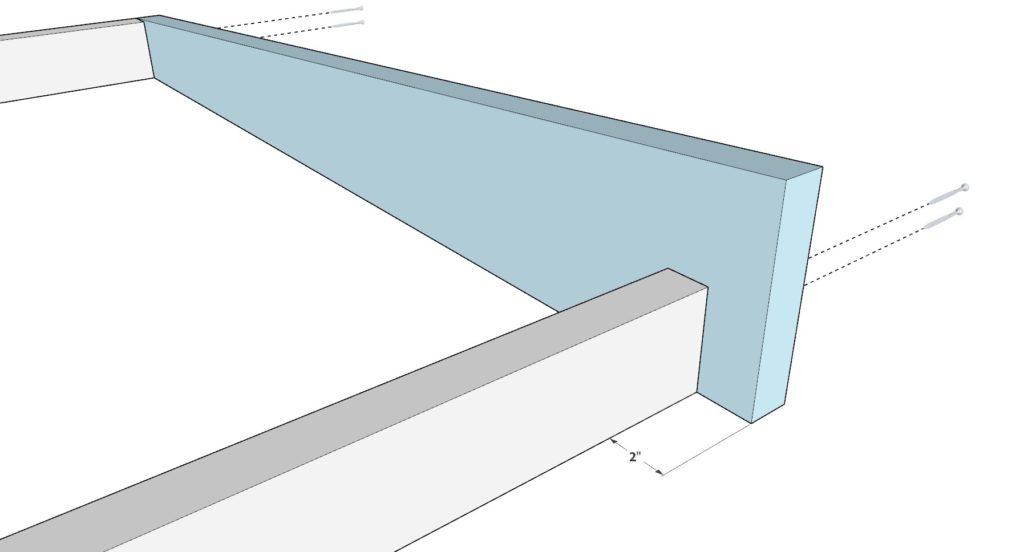
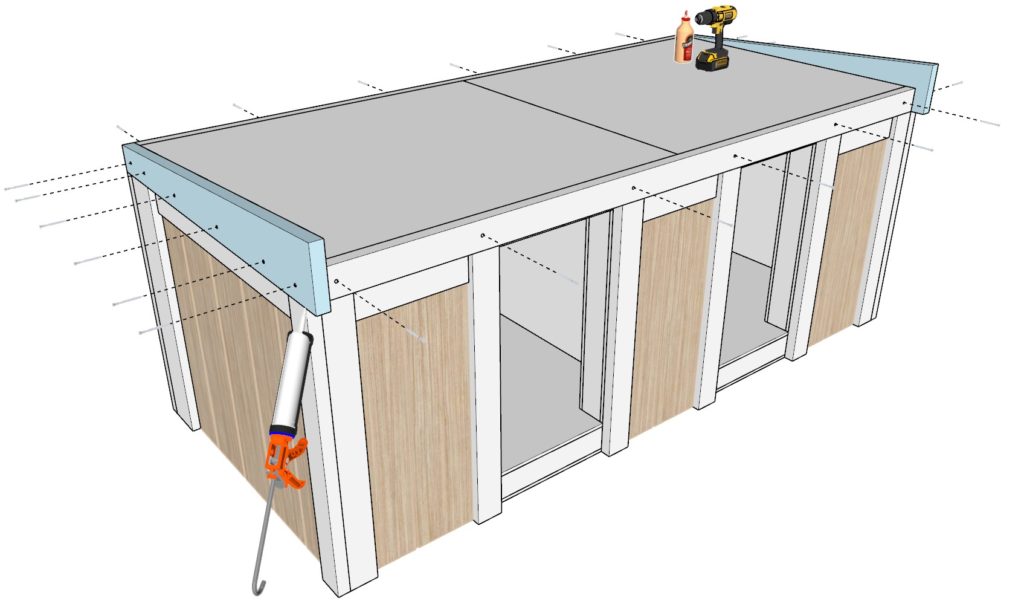
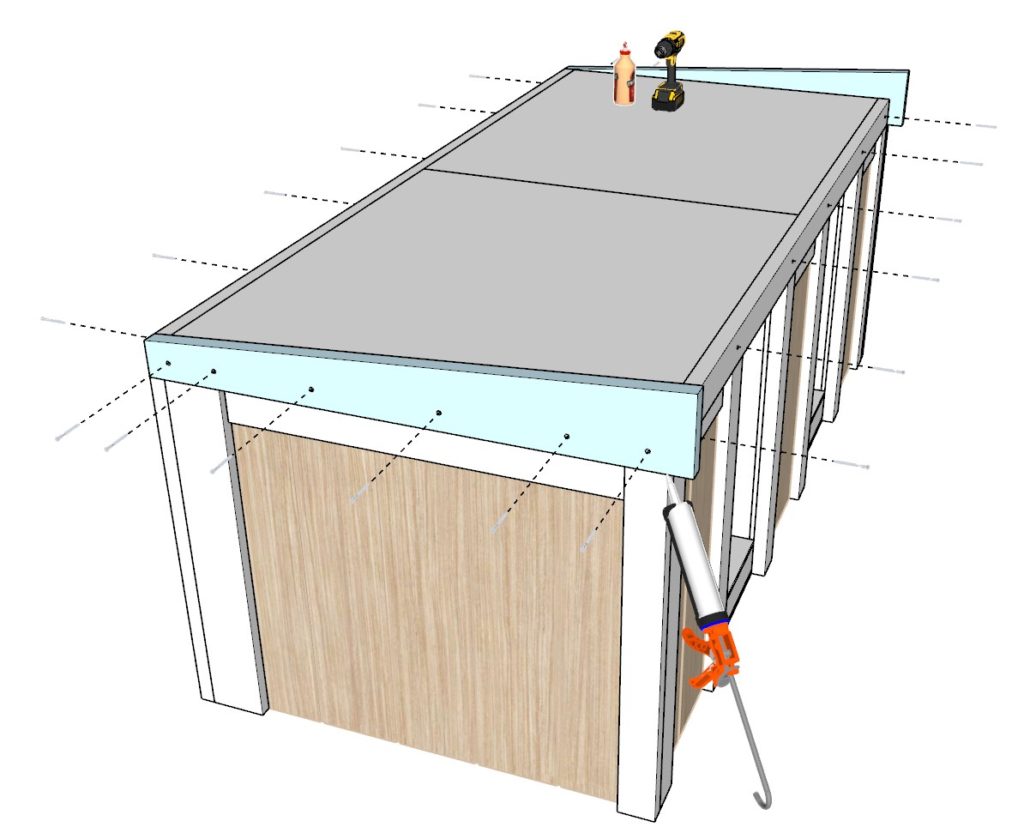
Step 7: Installing Hinges and Latches on Doors
Preparing for Hinge Installation:
- Start by selecting heavy-duty hinges for the doghouse doors. Choose screws long enough to penetrate deep into the 4×4 lumber for a secure fit.
Fitting the Doors:
- Before attaching the hinges, ensure that the door components fit well within the frame and can swing open and close smoothly.
- If necessary, use a sander to gently sand down any rough or misaligned edges. Be careful not to create large gaps, as this could lead to drafts and reduce the doghouse’s insulation efficiency.
Attaching the Hinges:
- Secure the hinges in place, aligning them carefully to ensure the doors can swing freely without any obstruction.
Adding Hook and Eye Latches:
- Install two simple Hook and Eye Latches on the doors. This hardware will allow the doors to be securely locked and easily unlocked when needed.
Testing Door Functionality:
- Once the hinges and latches are in place, test the doors thoroughly. Ensure they swing open and close easily and that the latches engage and disengage smoothly.
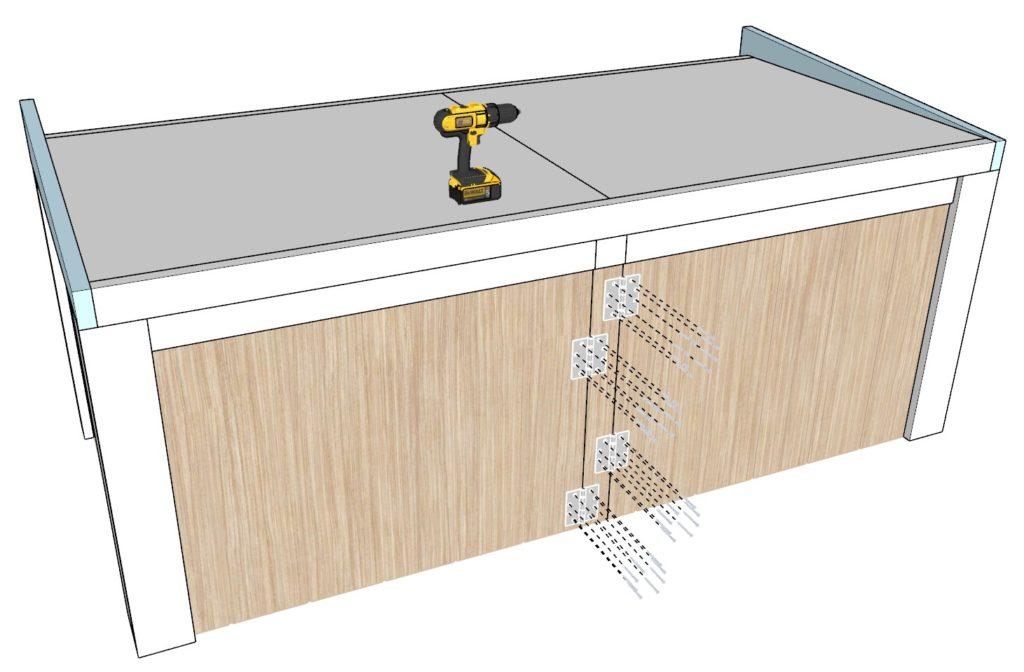
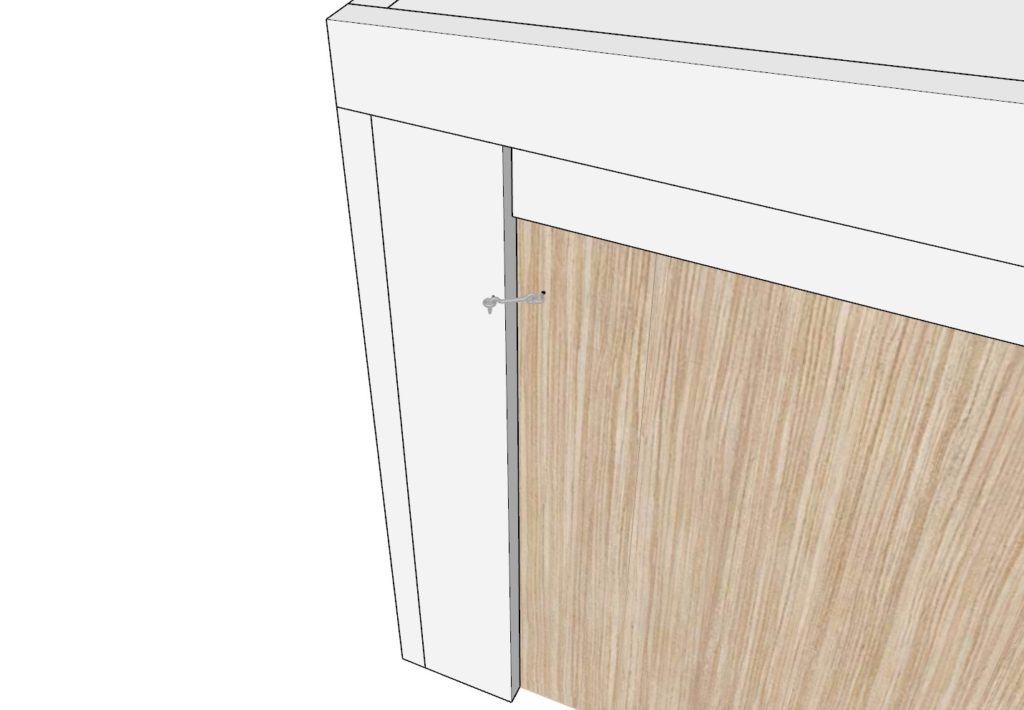
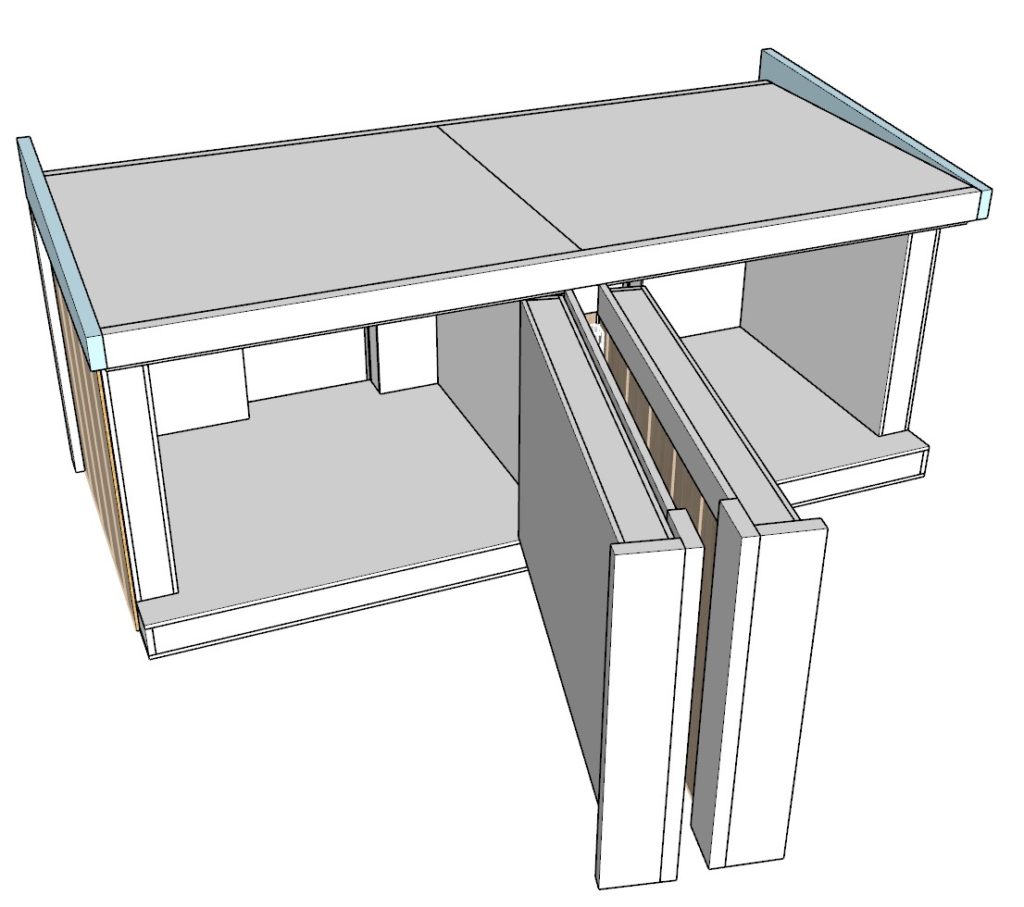
Step 8: Completing the Roof
Front Roof Extension:
- Attach a 102-inch long 2×8 lumber piece to the front edge of the roof.
- Use wood glue and 3.5-inch screws to secure it in place, ensuring it’s aligned evenly along the roof’s front.
Installing Pink Components:
- Add the four pink components from Step 6 to the roof frame.
- Secure each piece with wood glue, pin nails, and 3.5-inch screws for a sturdy construction.
Adding Plywood to the Roof:
- Place two plywood sheets measuring 48 inches x 52 inches, and one 8 inch x 52 inch piece on top of the roof structure.
- Secure them with wood glue and pin nails.
- Use caulking to fill any gaps, ensuring a seamless finish.
Applying Roofing Underlayment:
- Cover the plywood with Roofing underlayment, a water-resistant or moisture barrier material. This layer is crucial to prevent water damage to the plywood beneath.
Choosing Roofing Material:
- Finalize the roof by adding either shingles or a metal roof, depending on your preference and the desired aesthetic.
- Ensure the chosen material is properly installed and secured, offering complete protection from the elements.
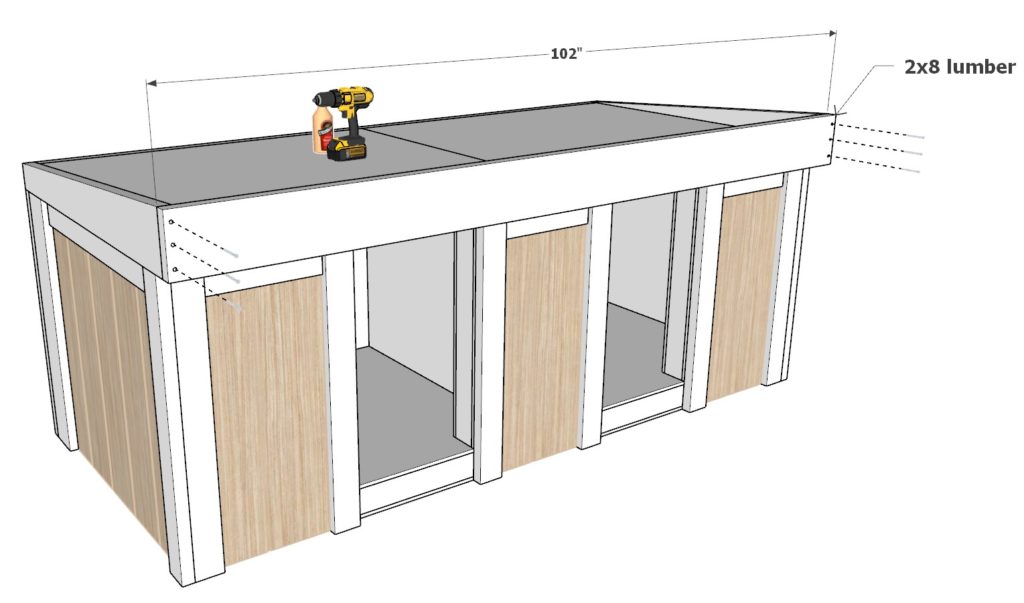
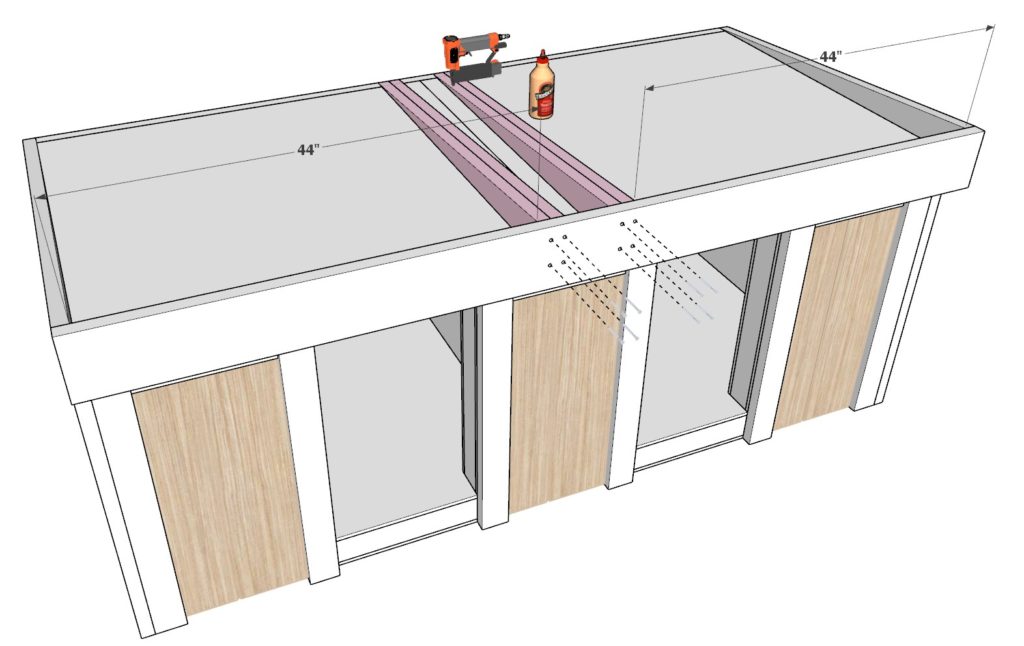
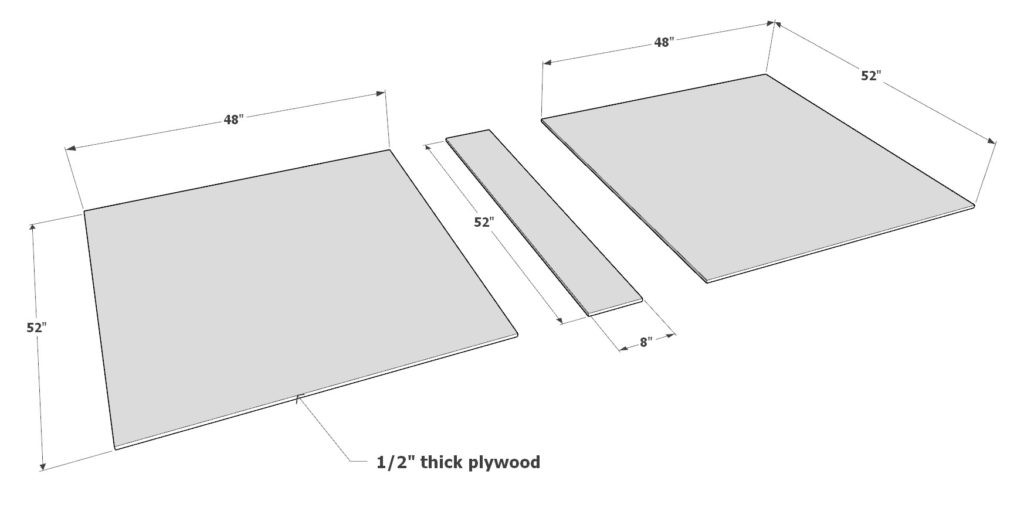
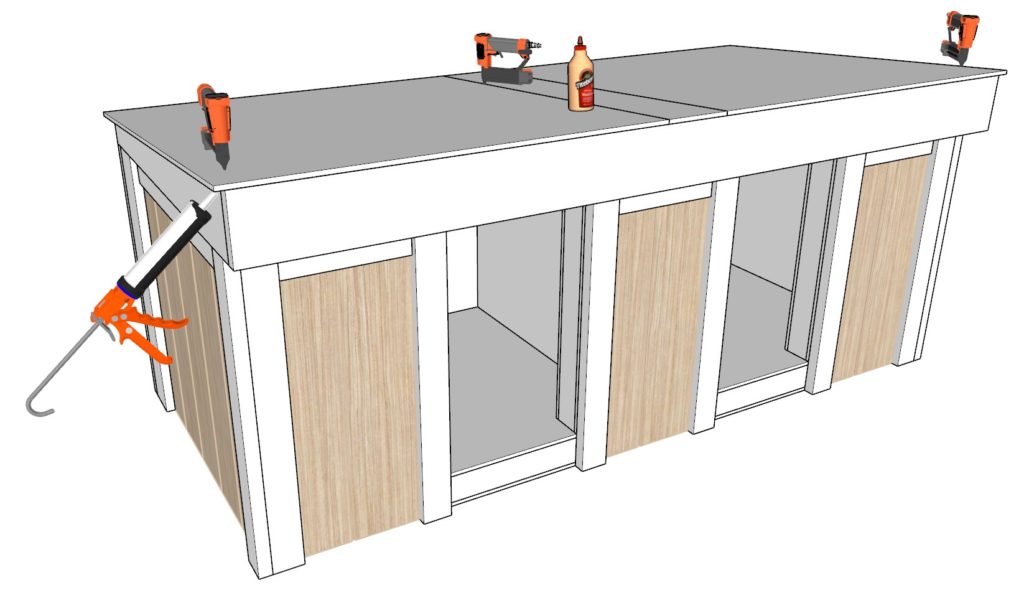
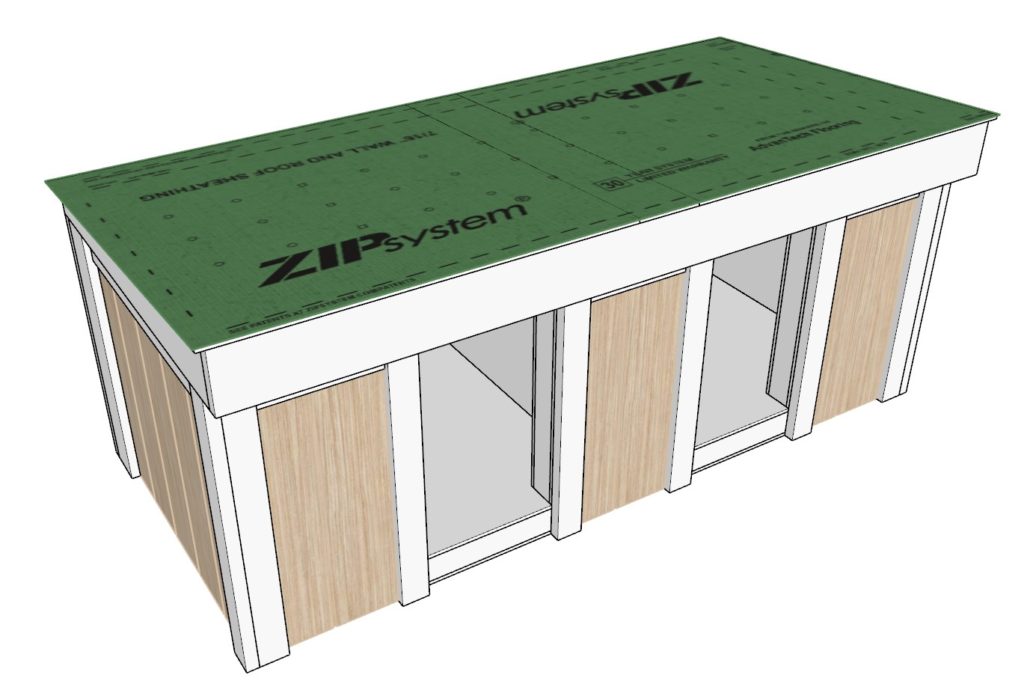
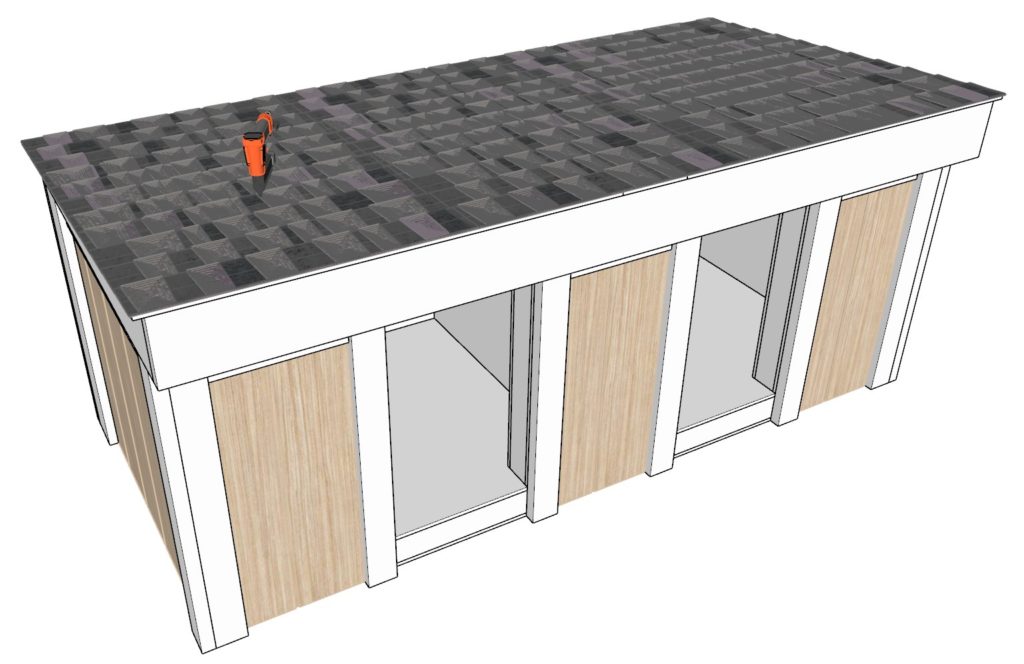
Step 9: Building and Attaching the Platform
Purpose of the Platform:
- Constructing a platform is optional but highly beneficial. It elevates the doghouse off the ground, keeping it dry in wet conditions and adding an extra layer of separation from dirt, concrete, or other surfaces.
Constructing the Platform Frame:
- Begin with two 99-inch and three 29-1/2 inch 2×8 lumber pieces to create the bottom frame of the platform.
- Add three 44-inch and four 38-5/8 inch 2×8 lumber pieces on top to complete the frame.
- Secure all components using 2.5-inch screws. Wood glue is optional but can add extra stability.
Attaching the Platform to the Doghouse:
- The easiest method to attach the platform is by tilting the doghouse forward.
- Initially, secure it loosely with just 4 screws to allow for adjustments.
- This base platform can be replaced every few years to maintain the doghouse’s longevity.
- Use 3.5-inch or 4-inch screws for a firm attachment to the bottom of the doghouse.
Final Adjustments:
- Once the platform is attached, check the doghouse doors to ensure they can open and close smoothly.
- Adjust the position of the base if necessary to facilitate easy door movement.
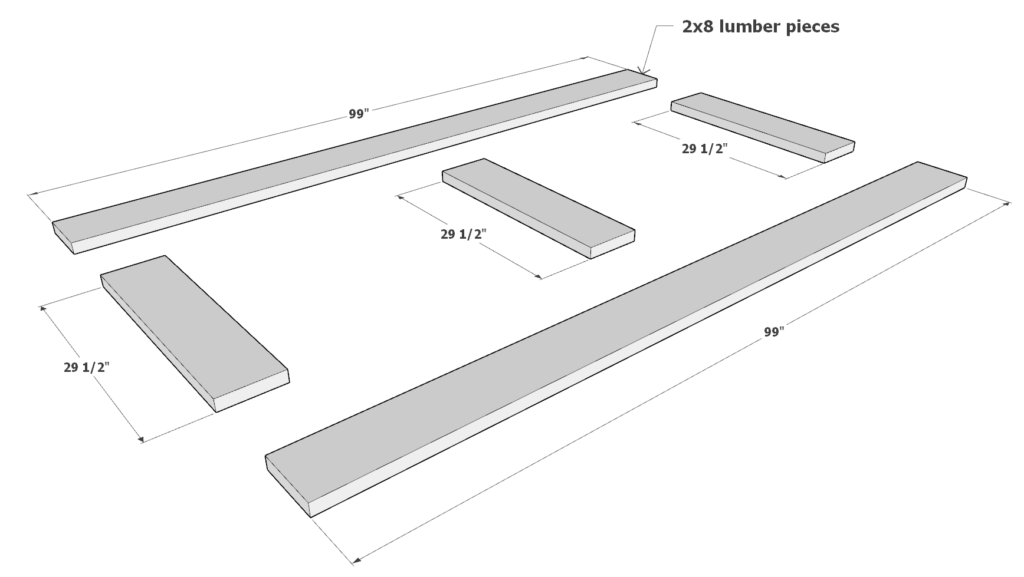
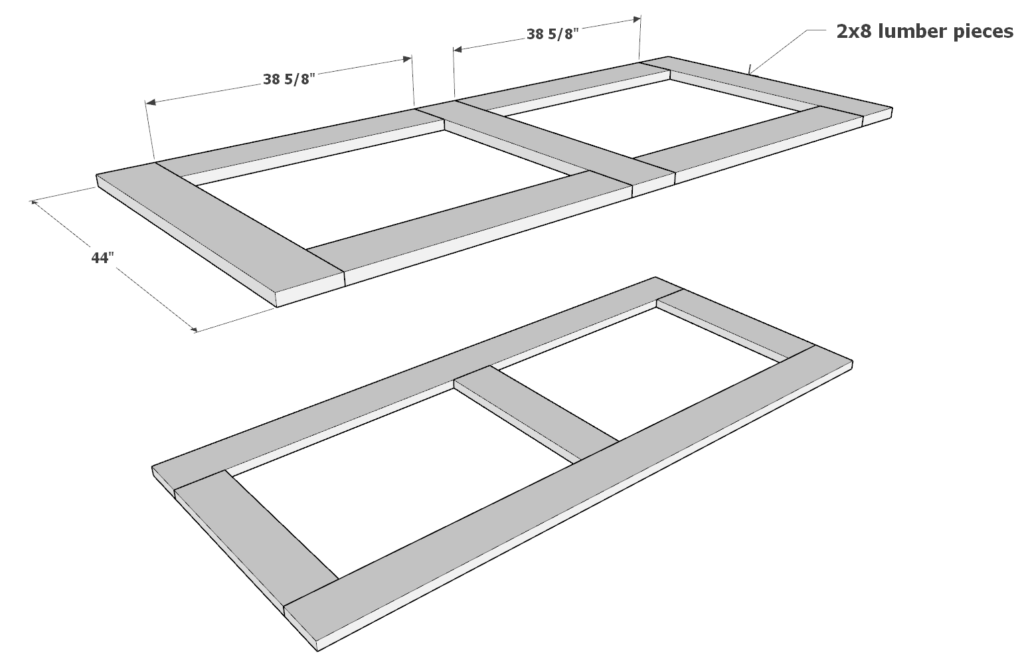
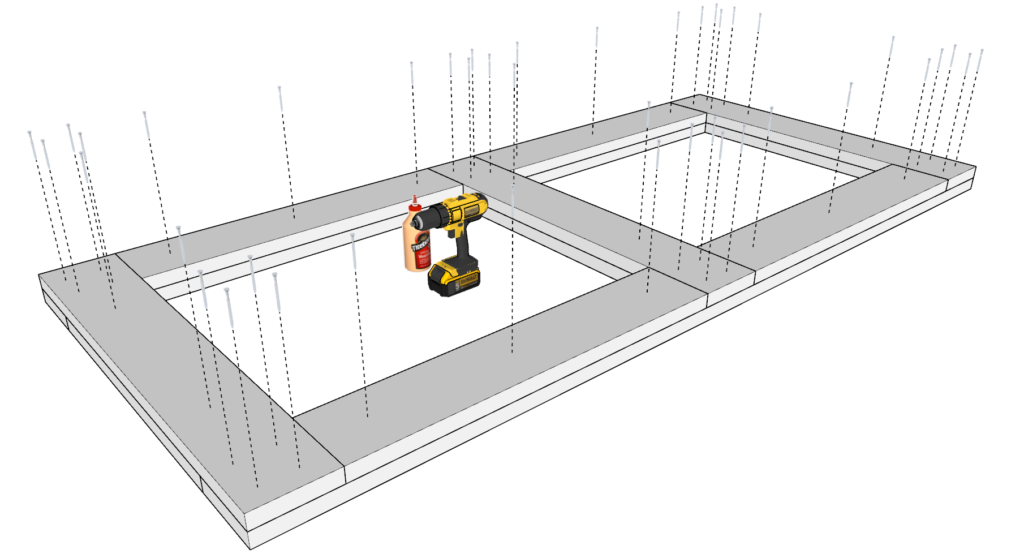
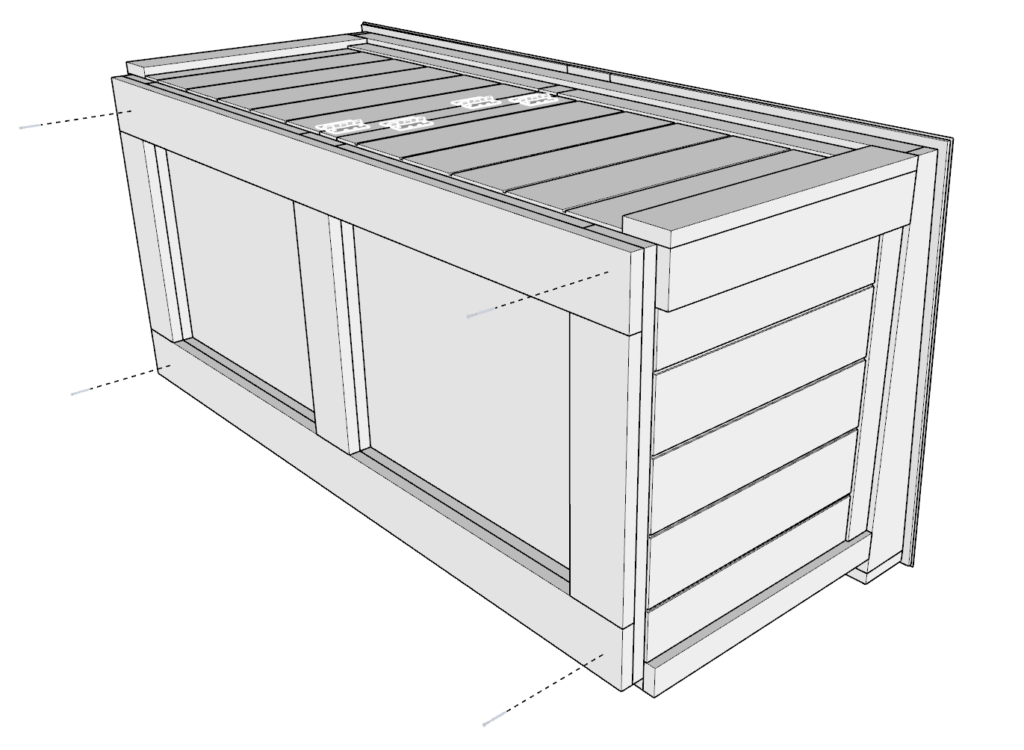
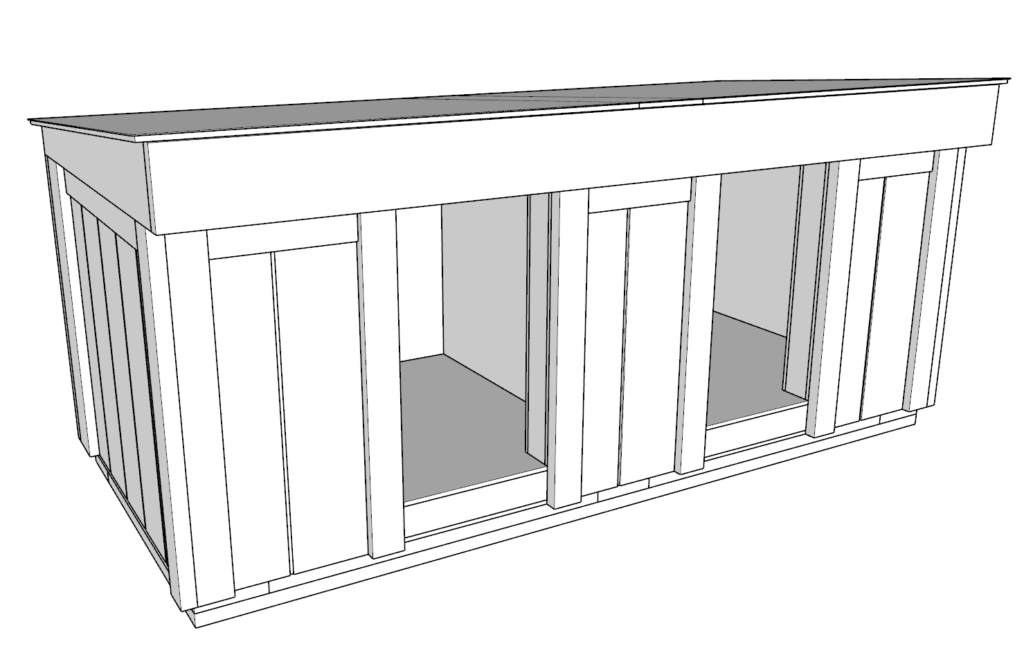
Step 10: Painting and Maintenance of the Doghouse
Painting the Doghouse:
Preparing for Painting – Start by cleaning the doghouse surface thoroughly to remove any dust or debris. Ensure it’s completely dry before painting.
Priming – Apply a high-quality exterior primer to all wood surfaces. This step is crucial for better paint adhesion and additional protection against weather.
Choosing the Right Paint – Opt for a durable, weather-resistant exterior paint specifically formulated for wood.
Painting Process – Evenly apply the first coat of paint with a brush or roller. Allow it to dry fully before applying a second coat for better coverage and protection.
Details and Finish – Carefully cover all crevices and corners. Allow the doghouse to dry completely after painting.
Maintaining the Doghouse:
Regular Inspection – Check the doghouse regularly for signs of damage such as chipping paint, wood rot, or loosening components.
Cleaning Routine – Keep the doghouse clean by removing dirt, debris, and pet hair. Clean the exterior as needed with a gentle soap solution.
Weather Protection – Inspect and maintain the roofing underlayment and shingles or metal roof to ensure they are effectively protecting the doghouse from weather elements.
Repainting – Plan to repaint the doghouse every few years to refresh its protective coating and appearance.
Winter Care – In colder climates, consider adding extra insulation or a safe doghouse heater for additional warmth.
Pest Control – Regularly inspect for pests or insects that could damage the wood or pose risks to your pets.
This approach ensures a comprehensive guide for painting and maintaining the doghouse, focusing on protection and longevity.
